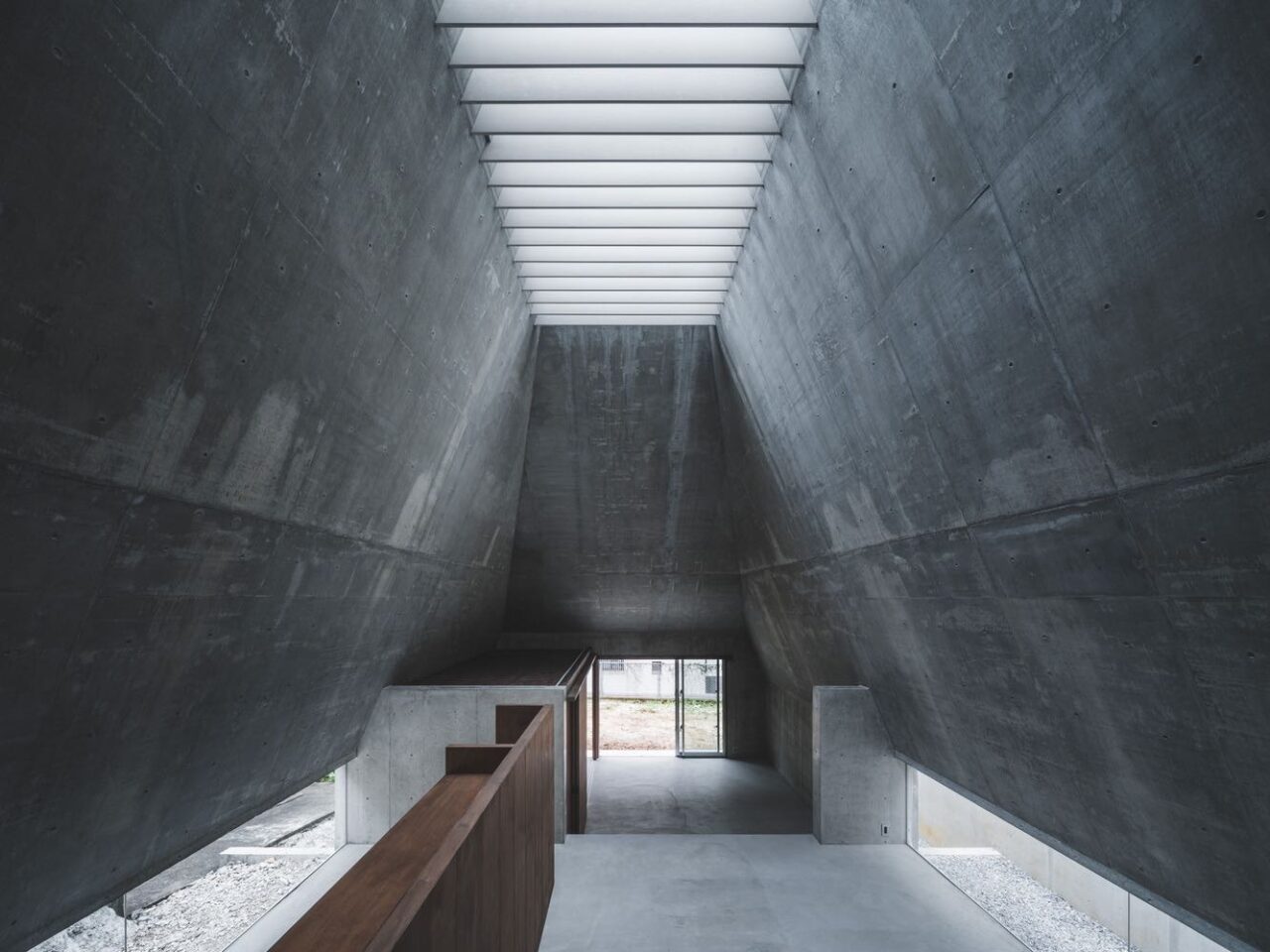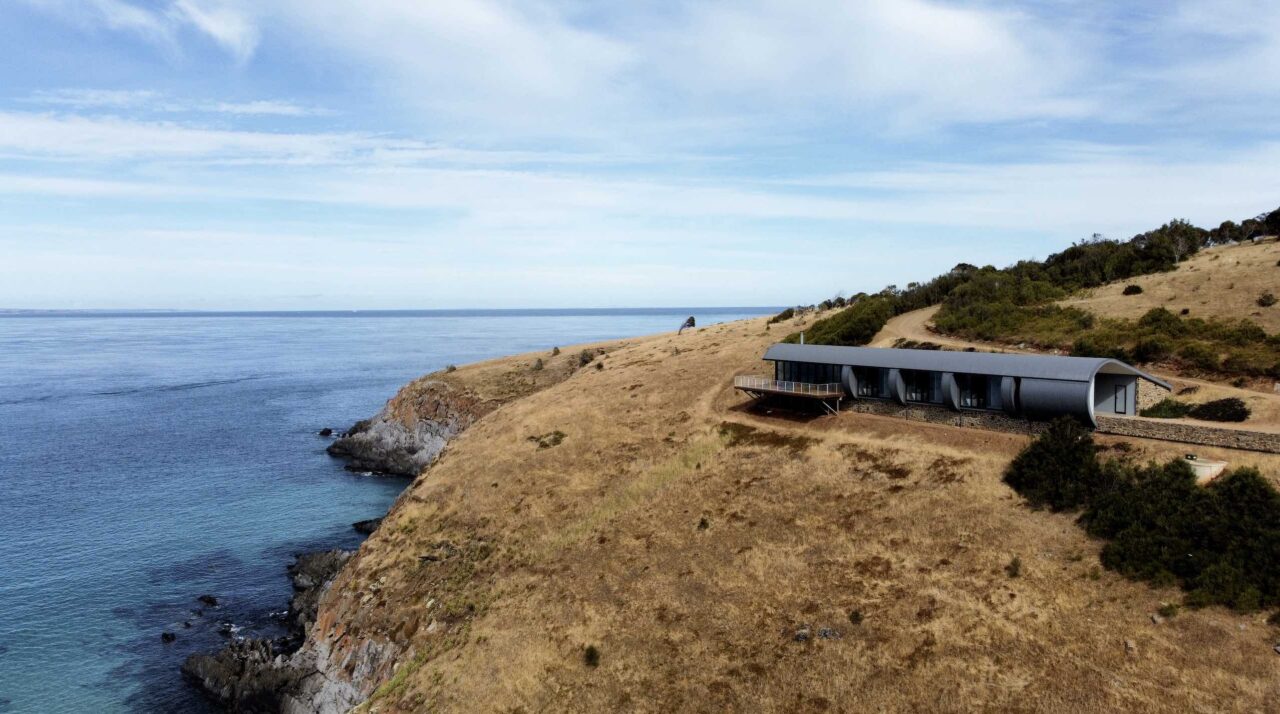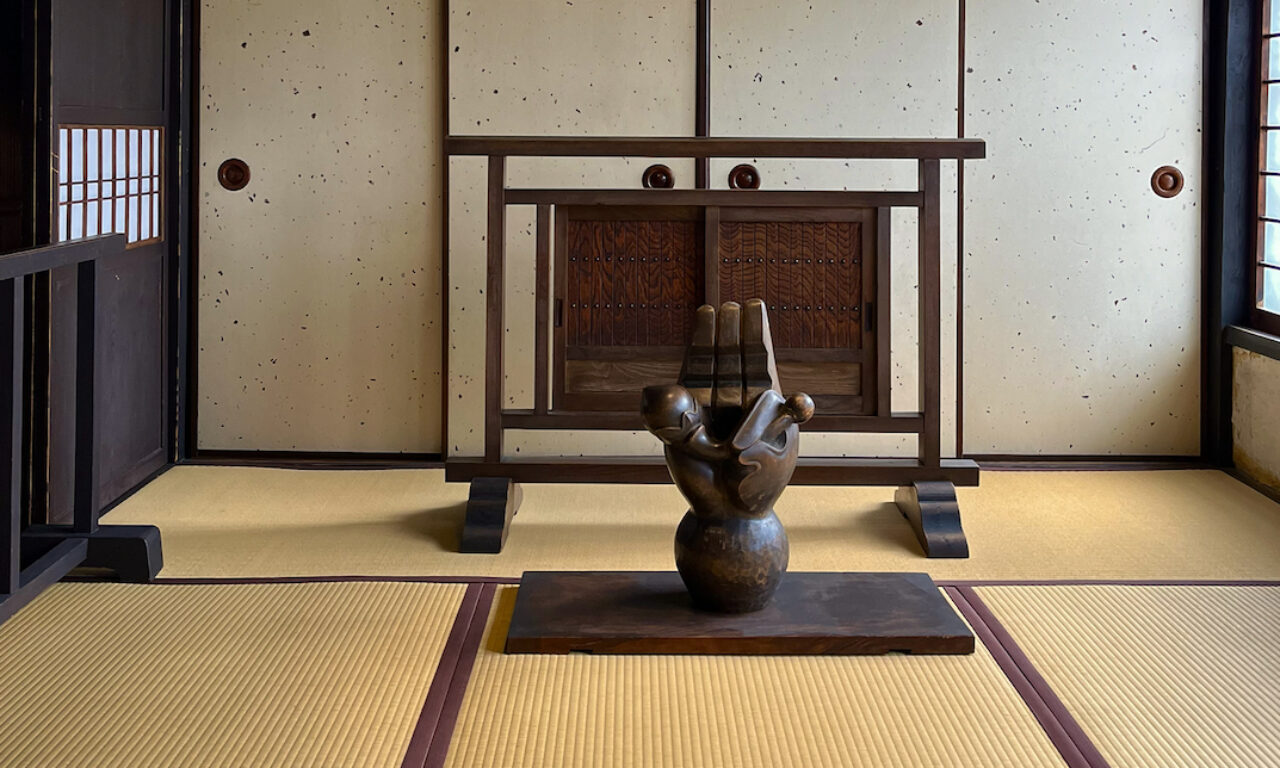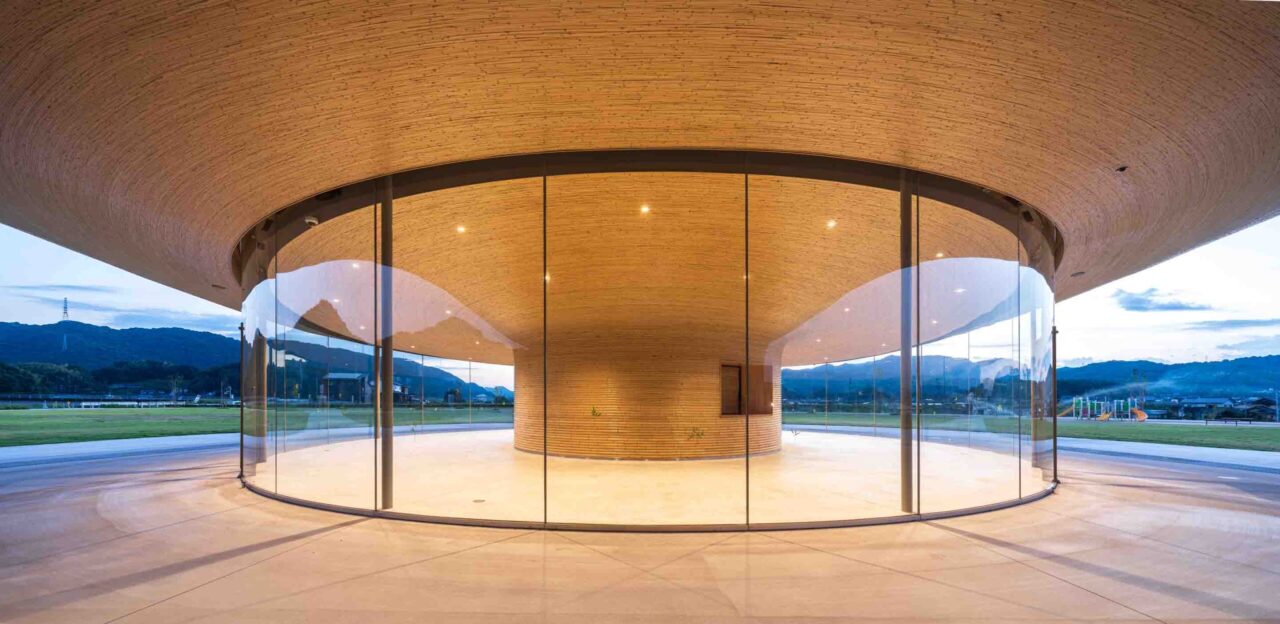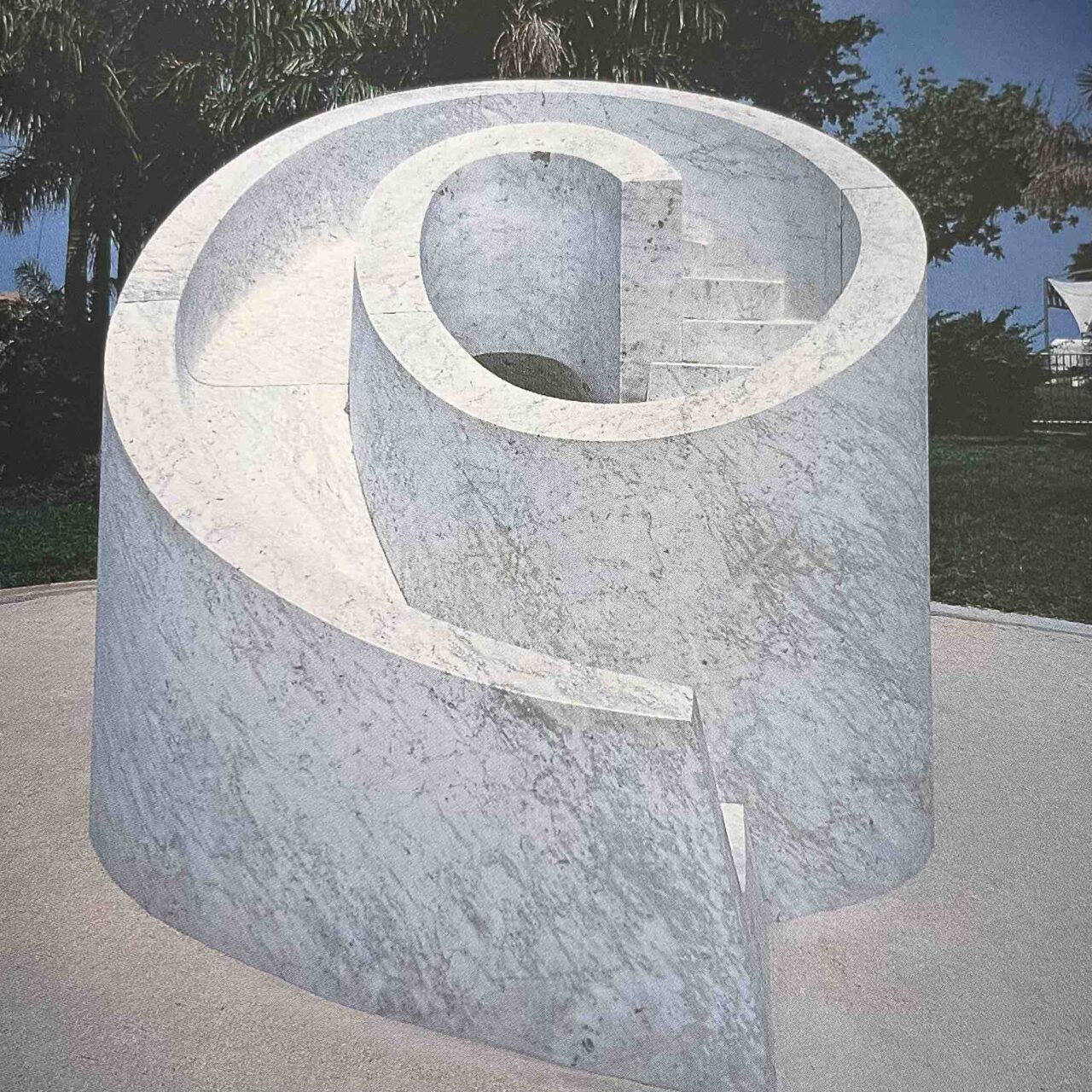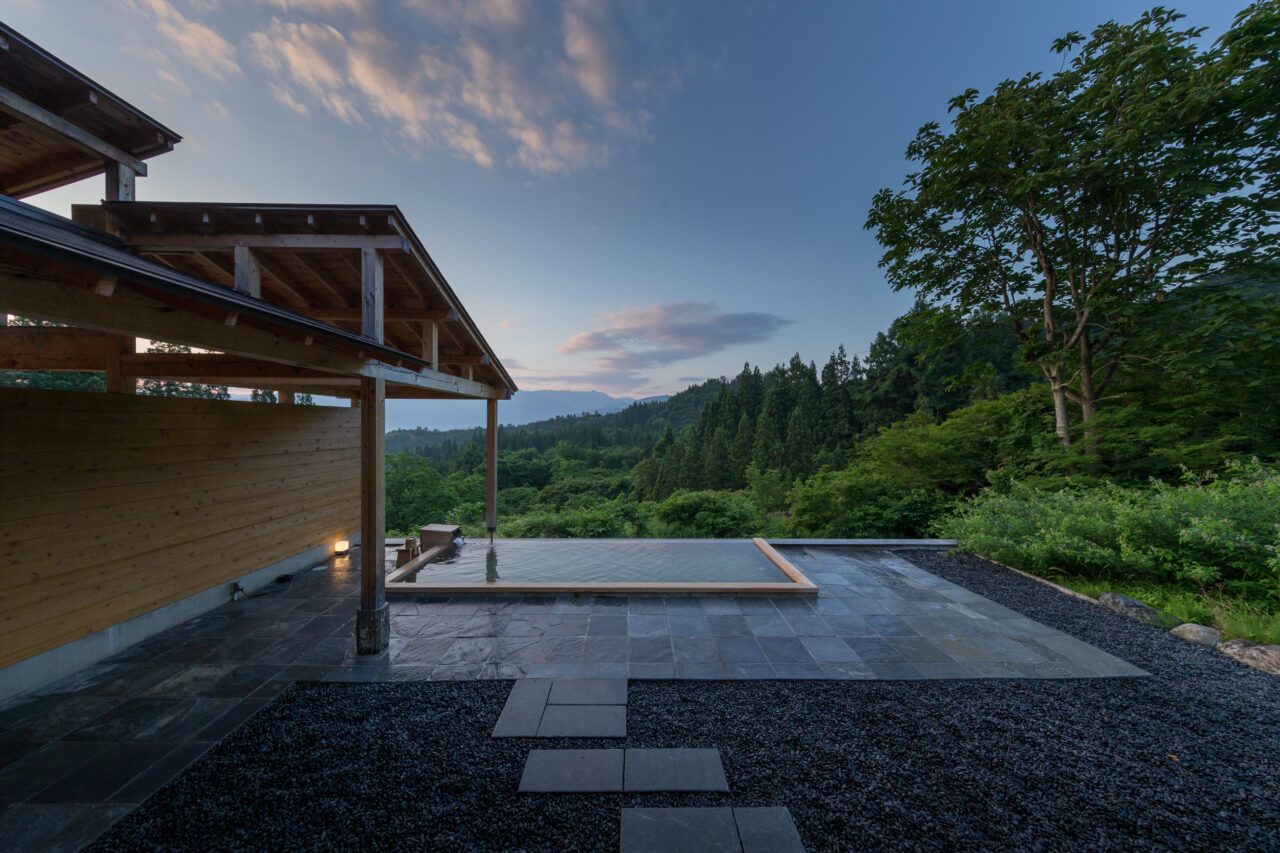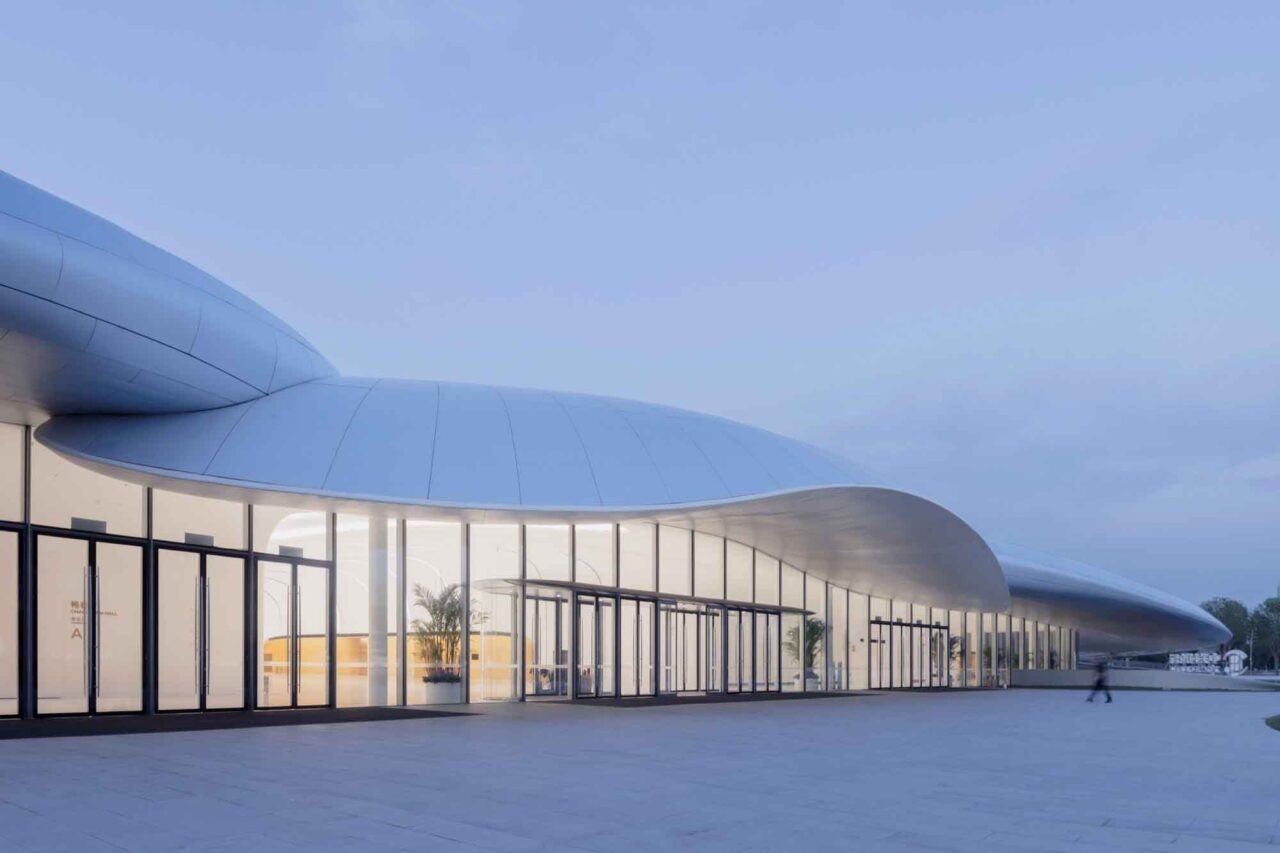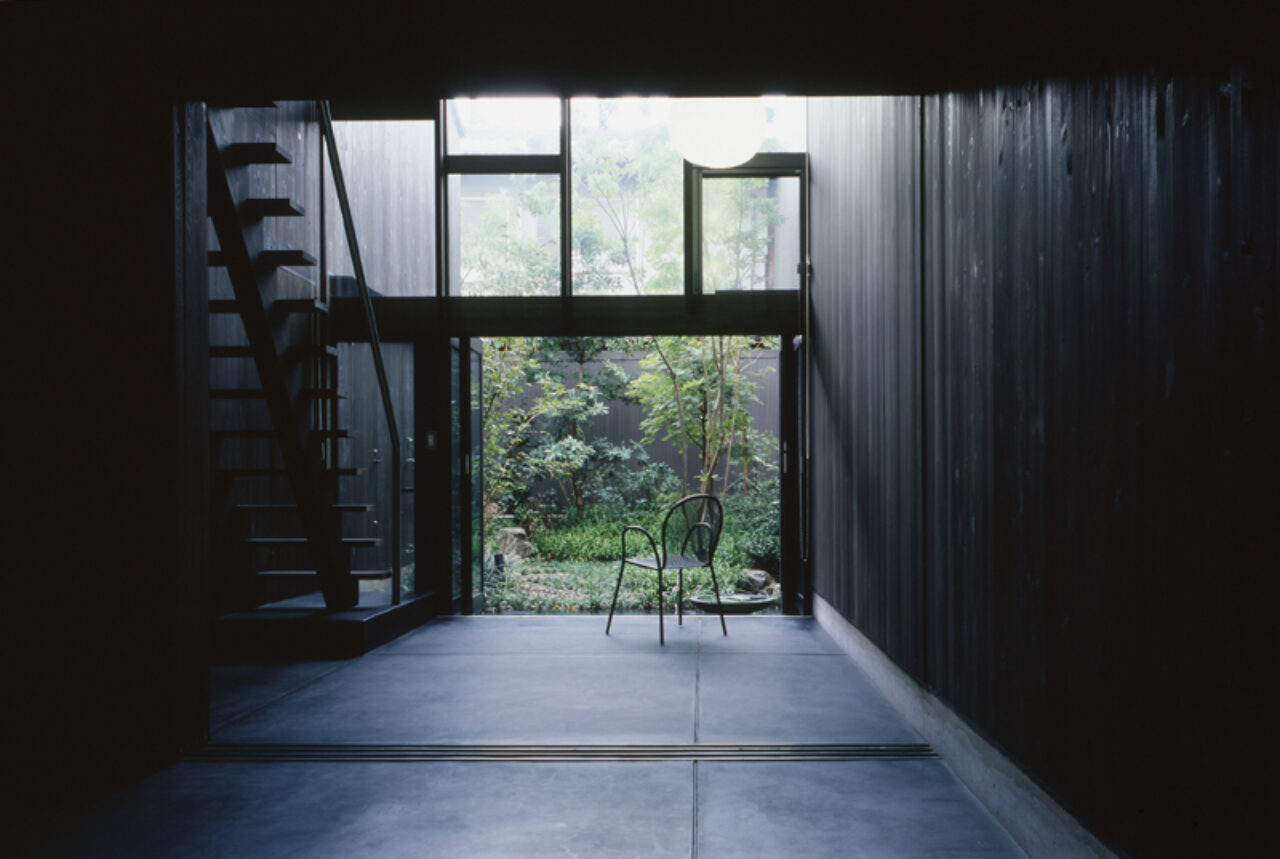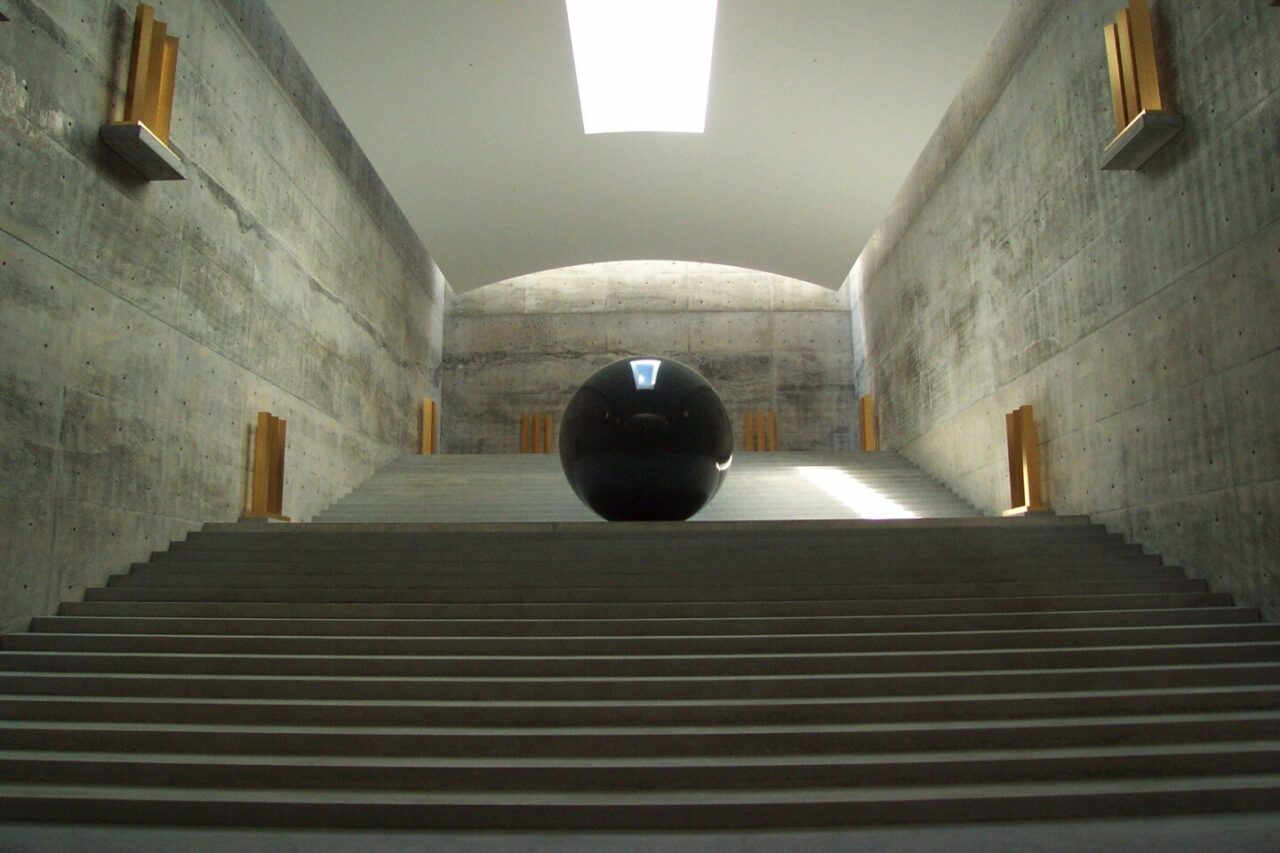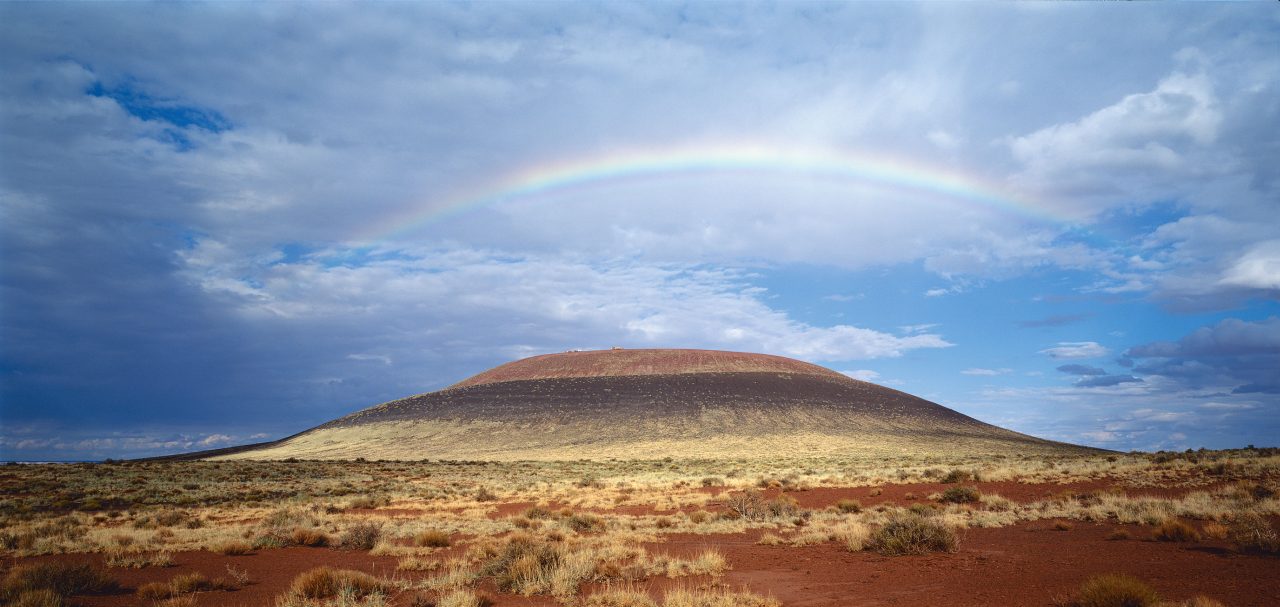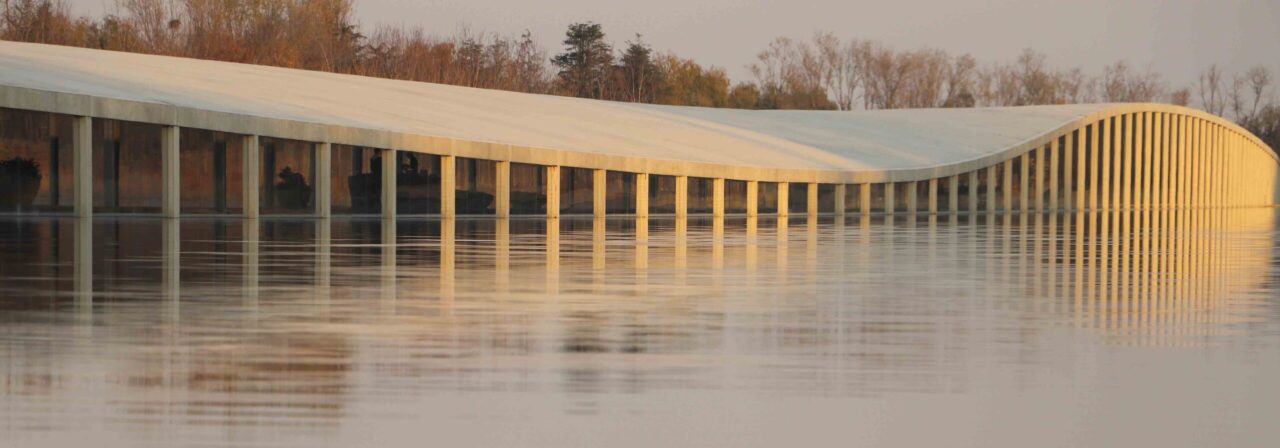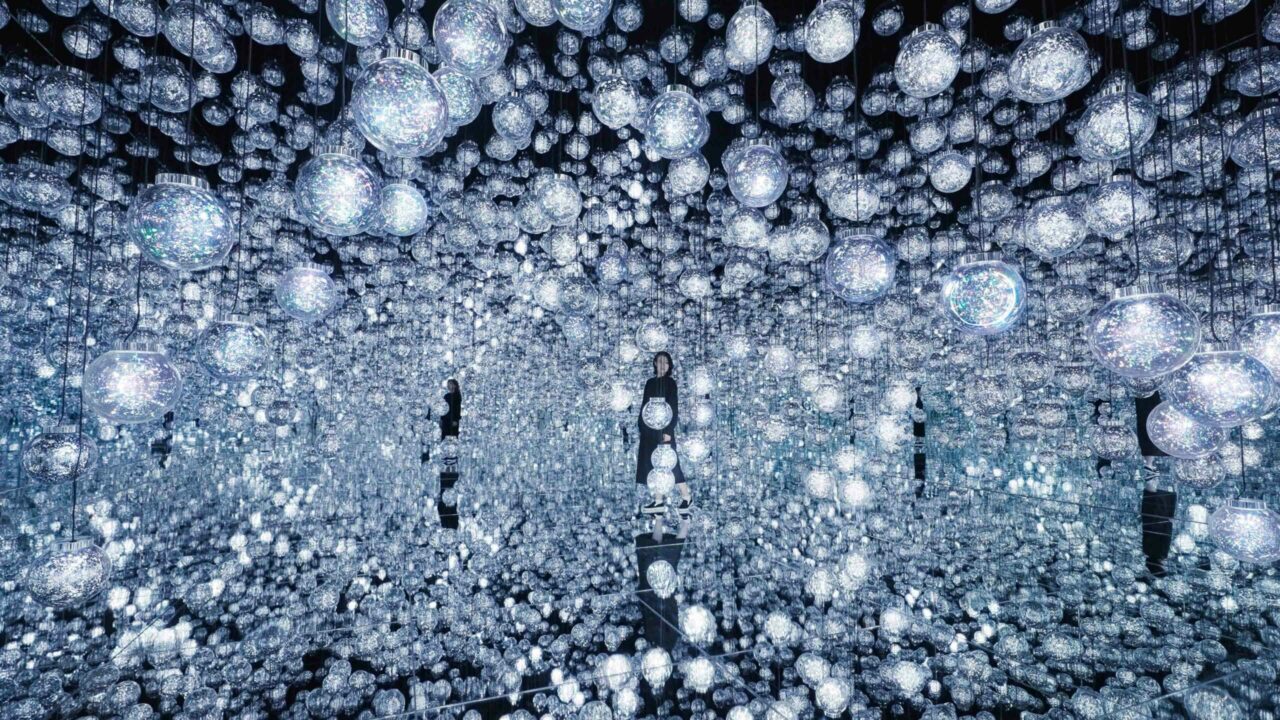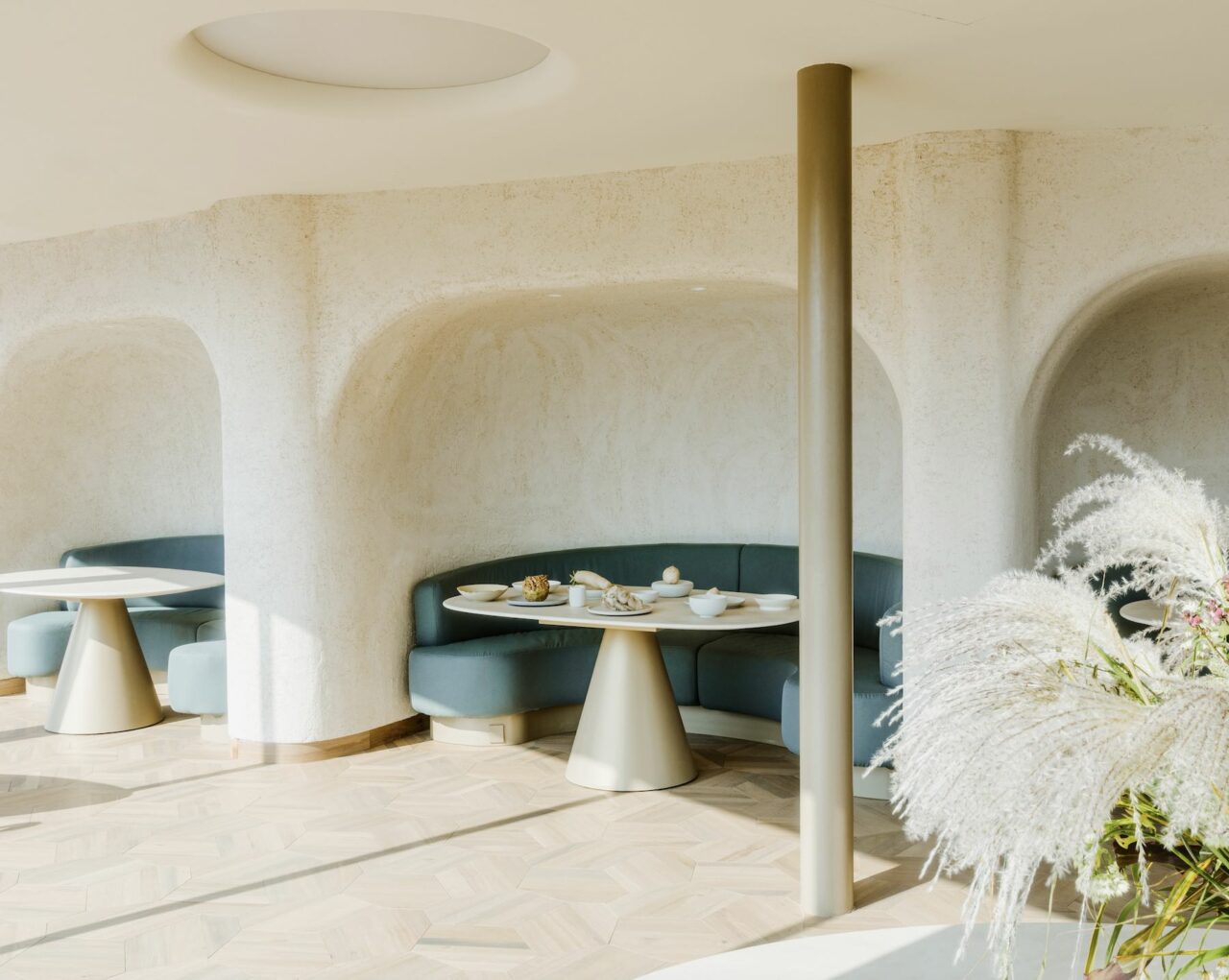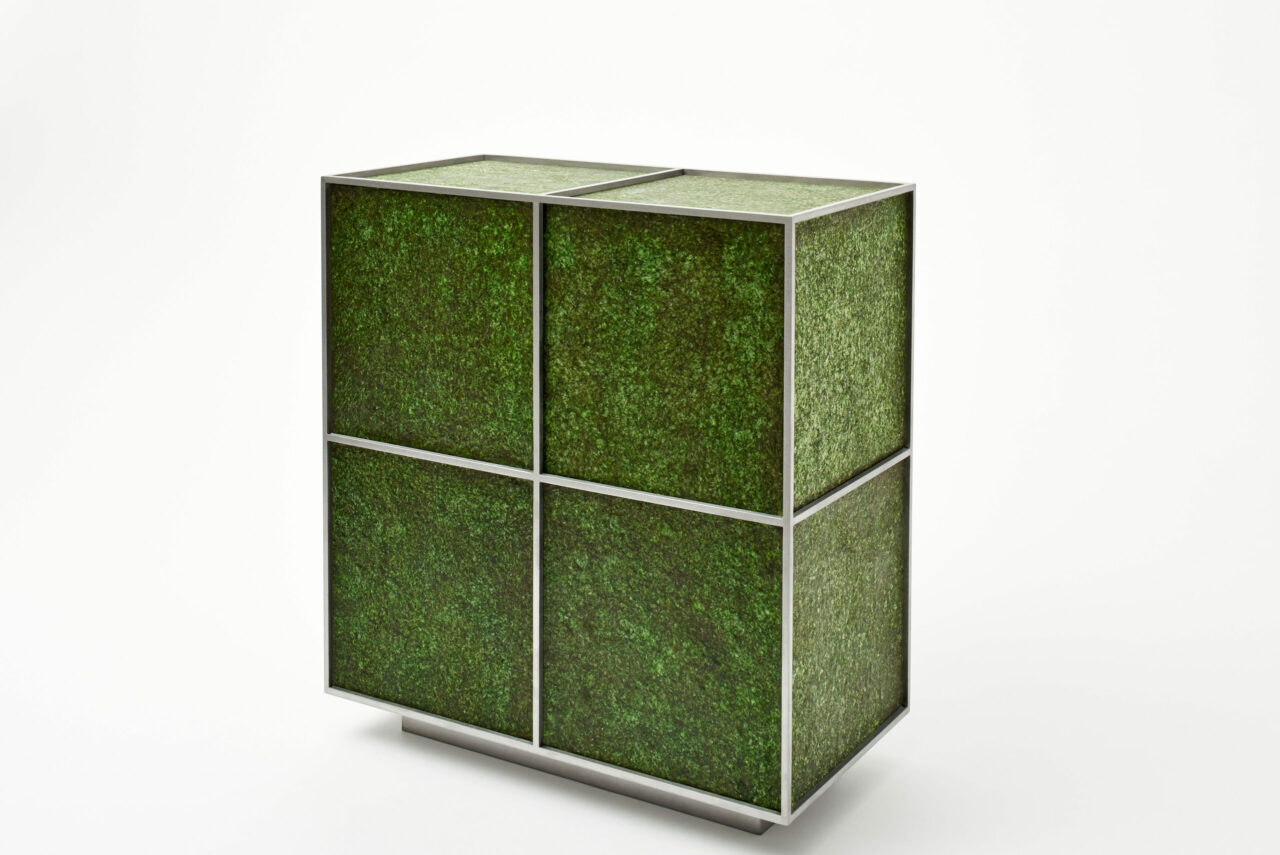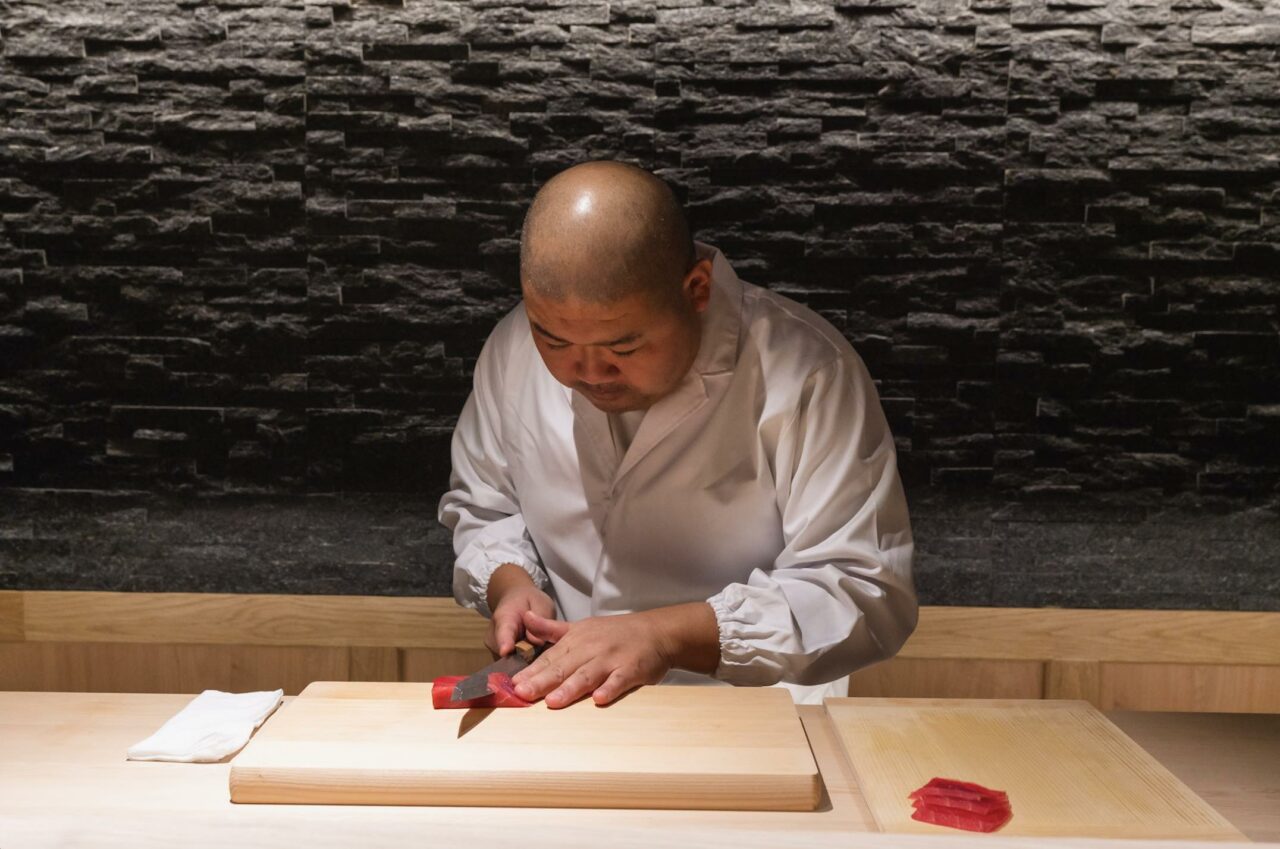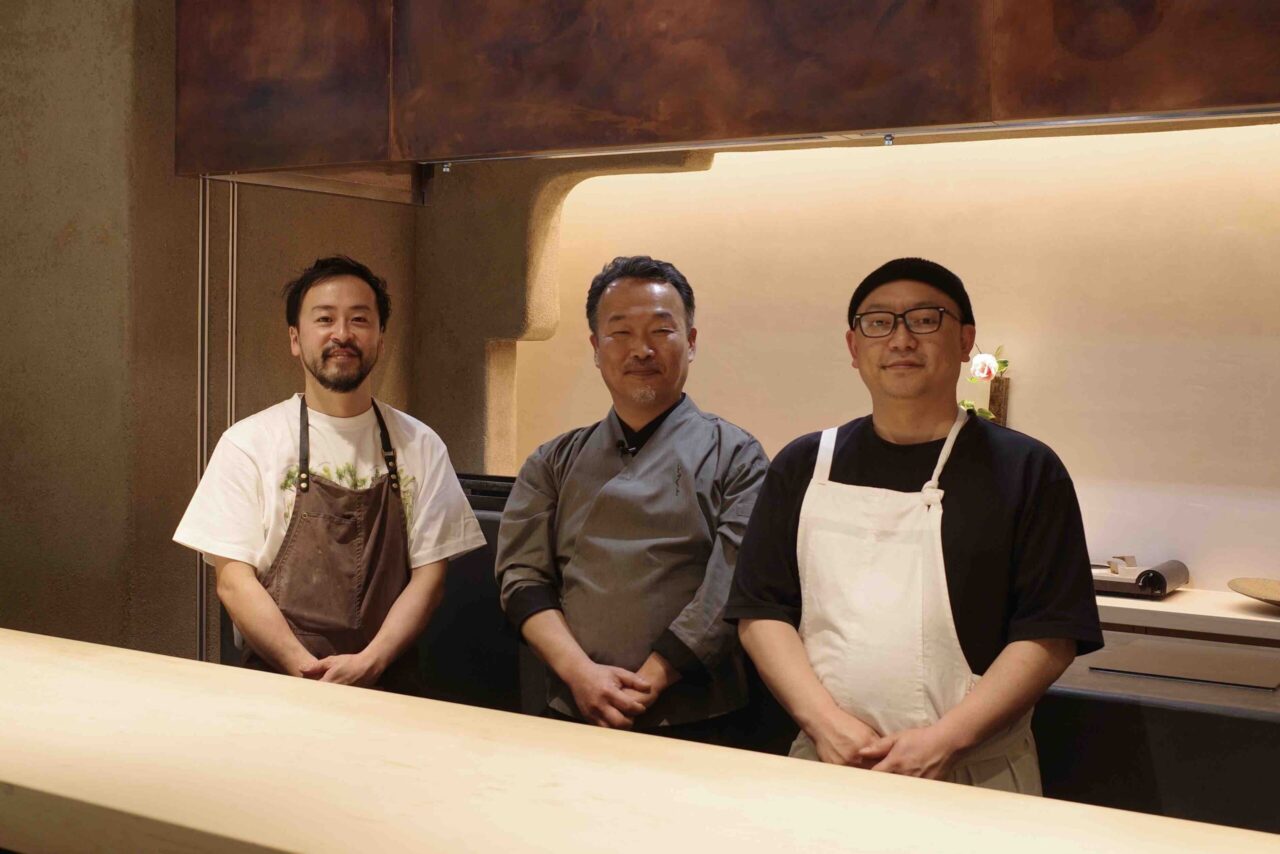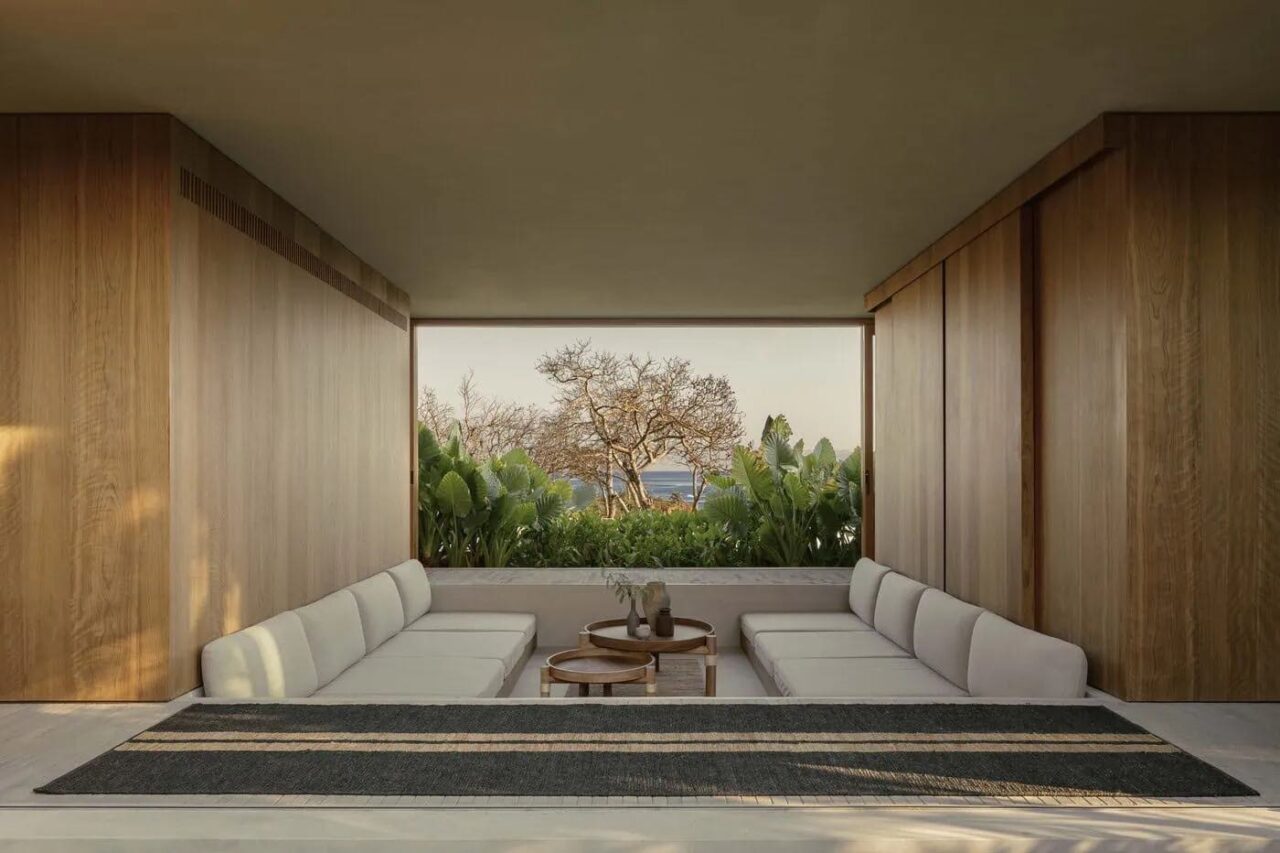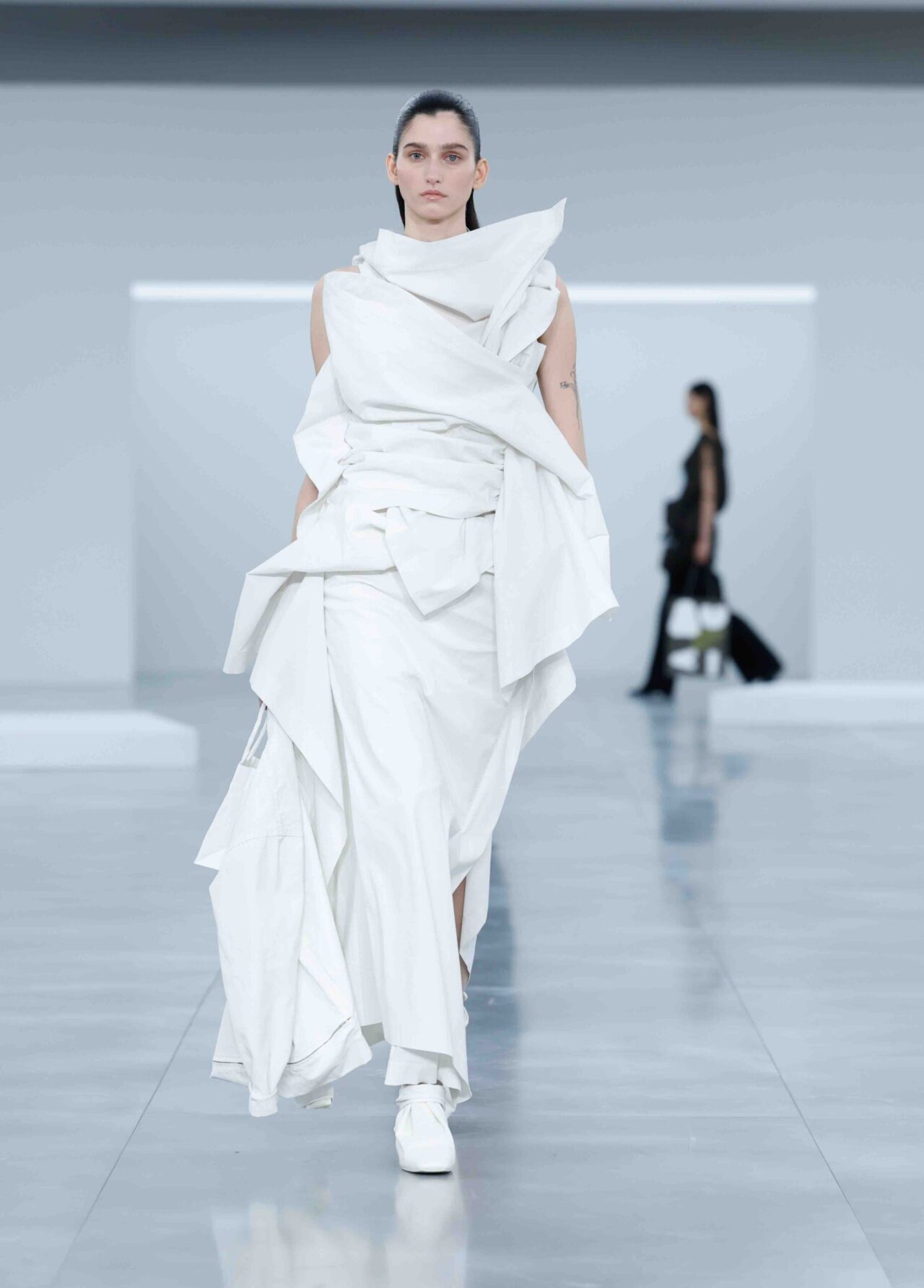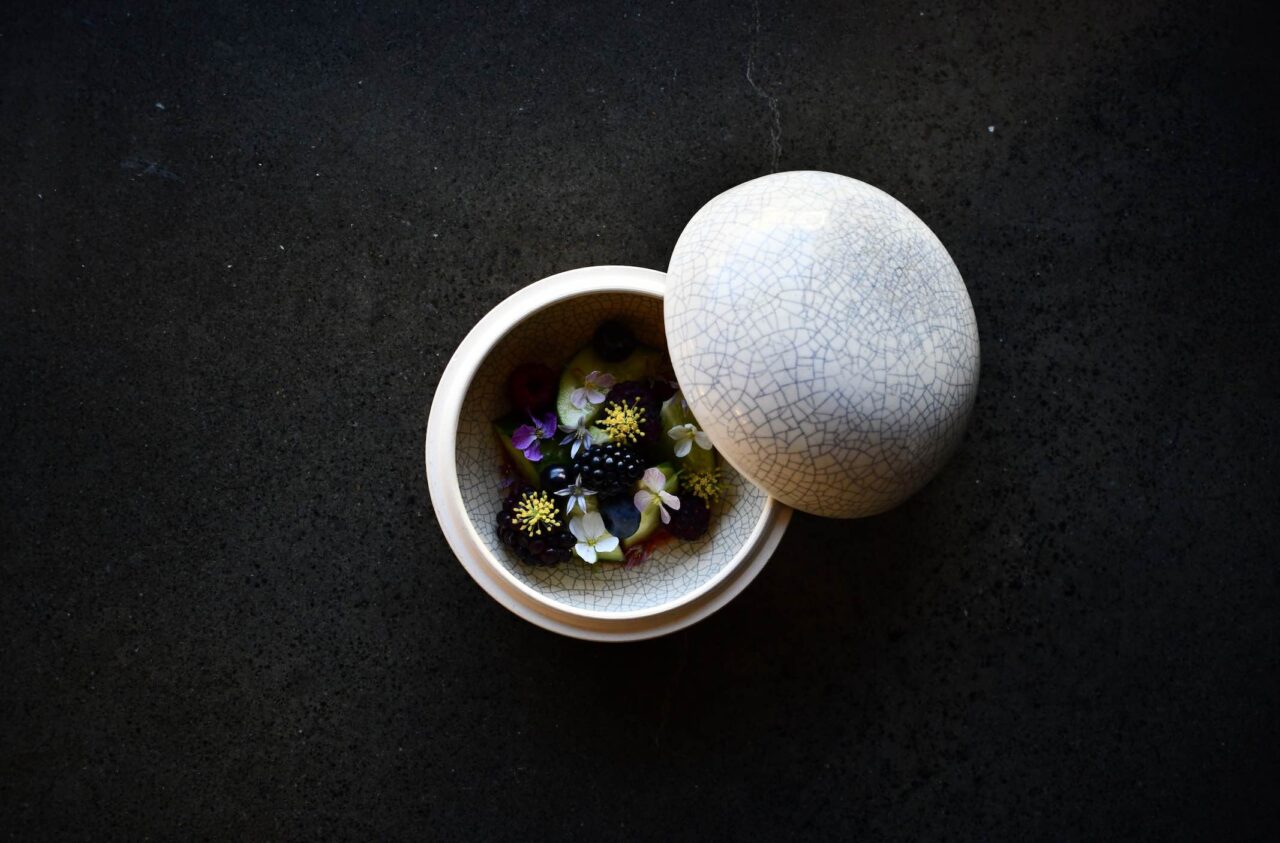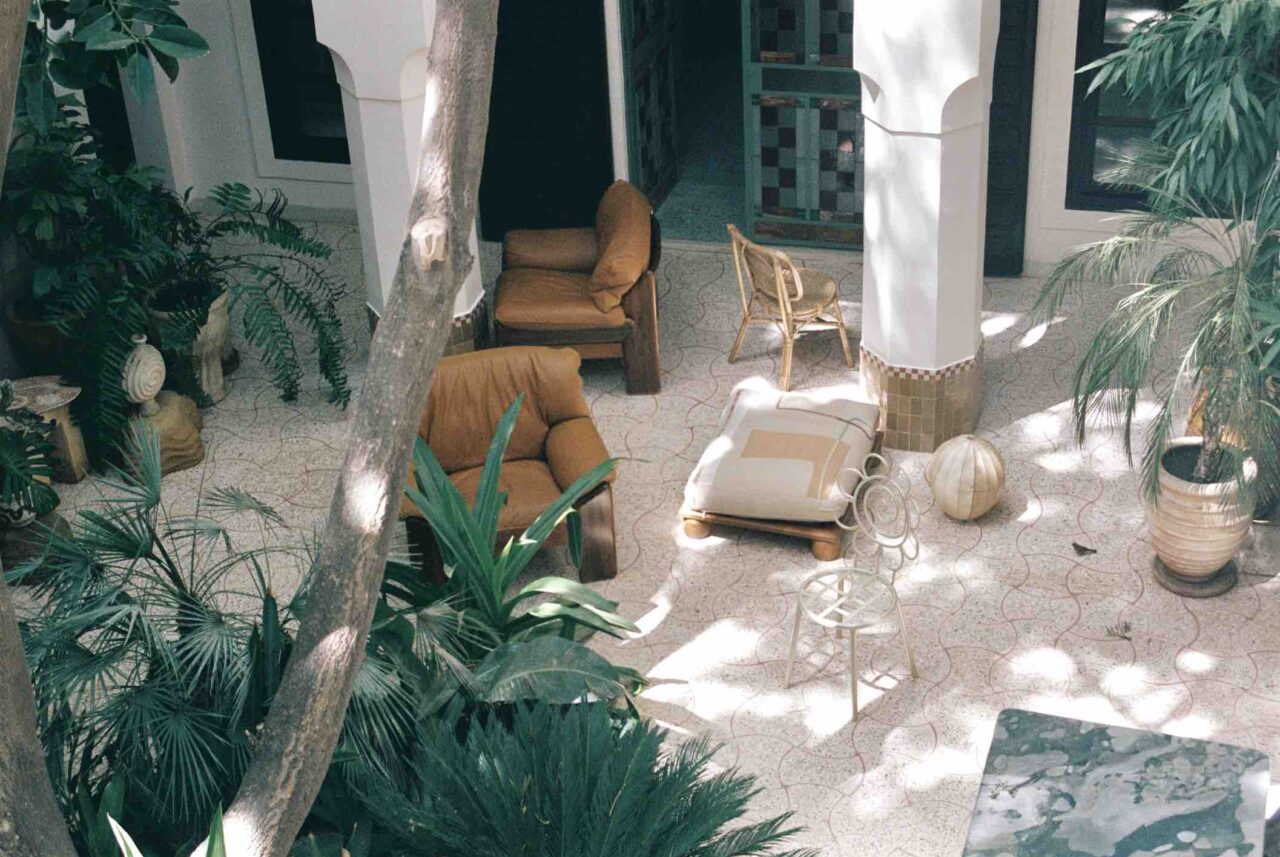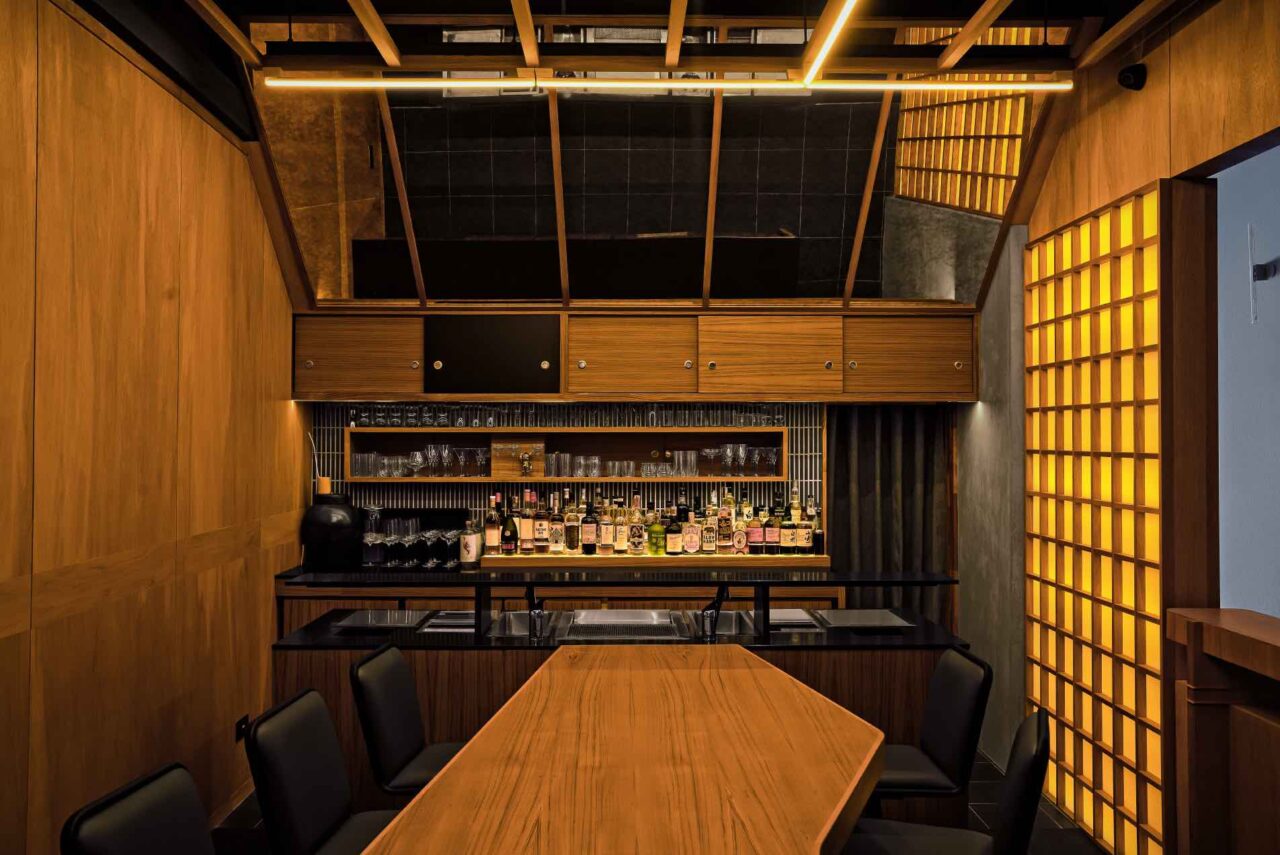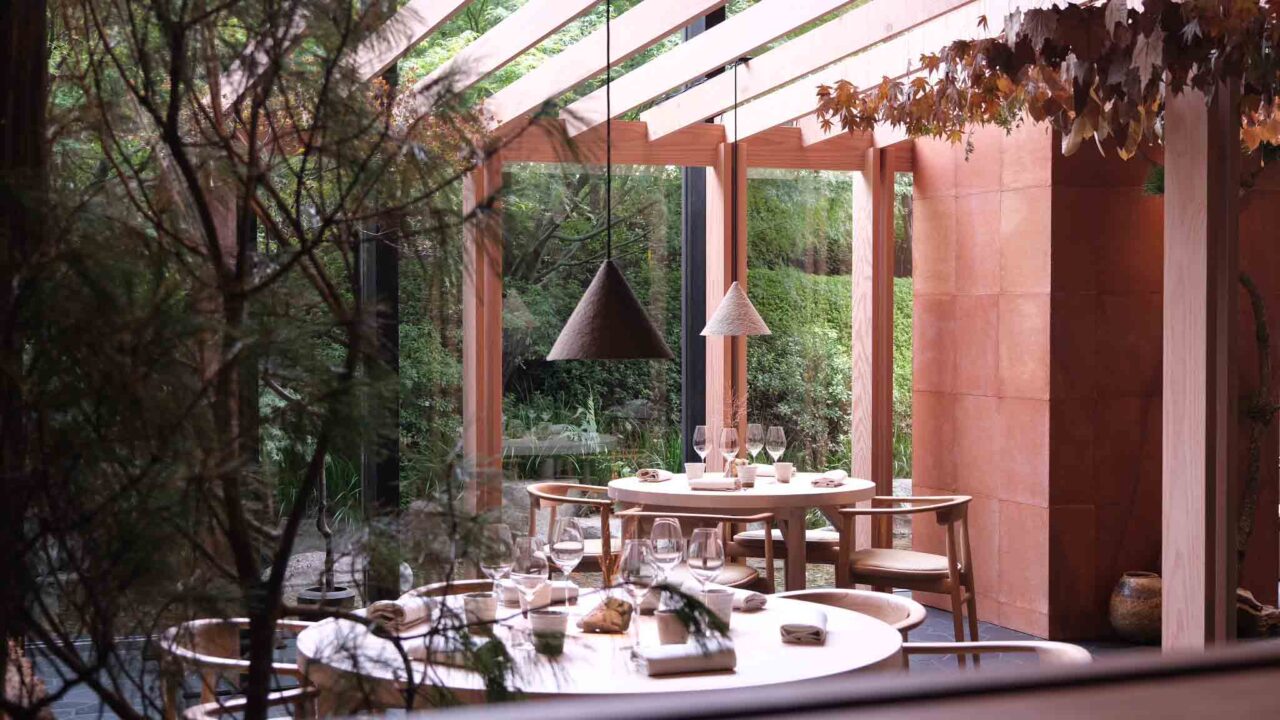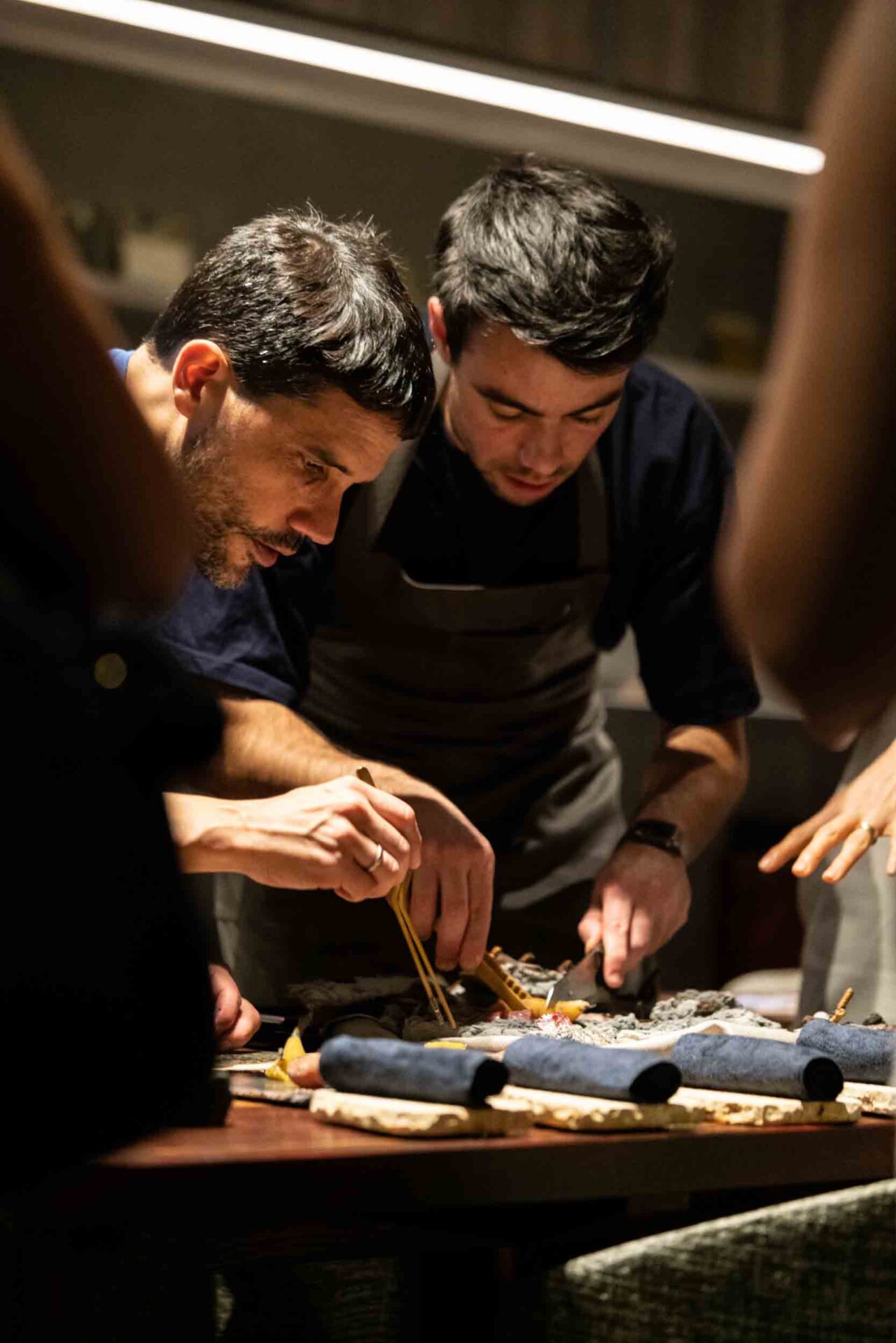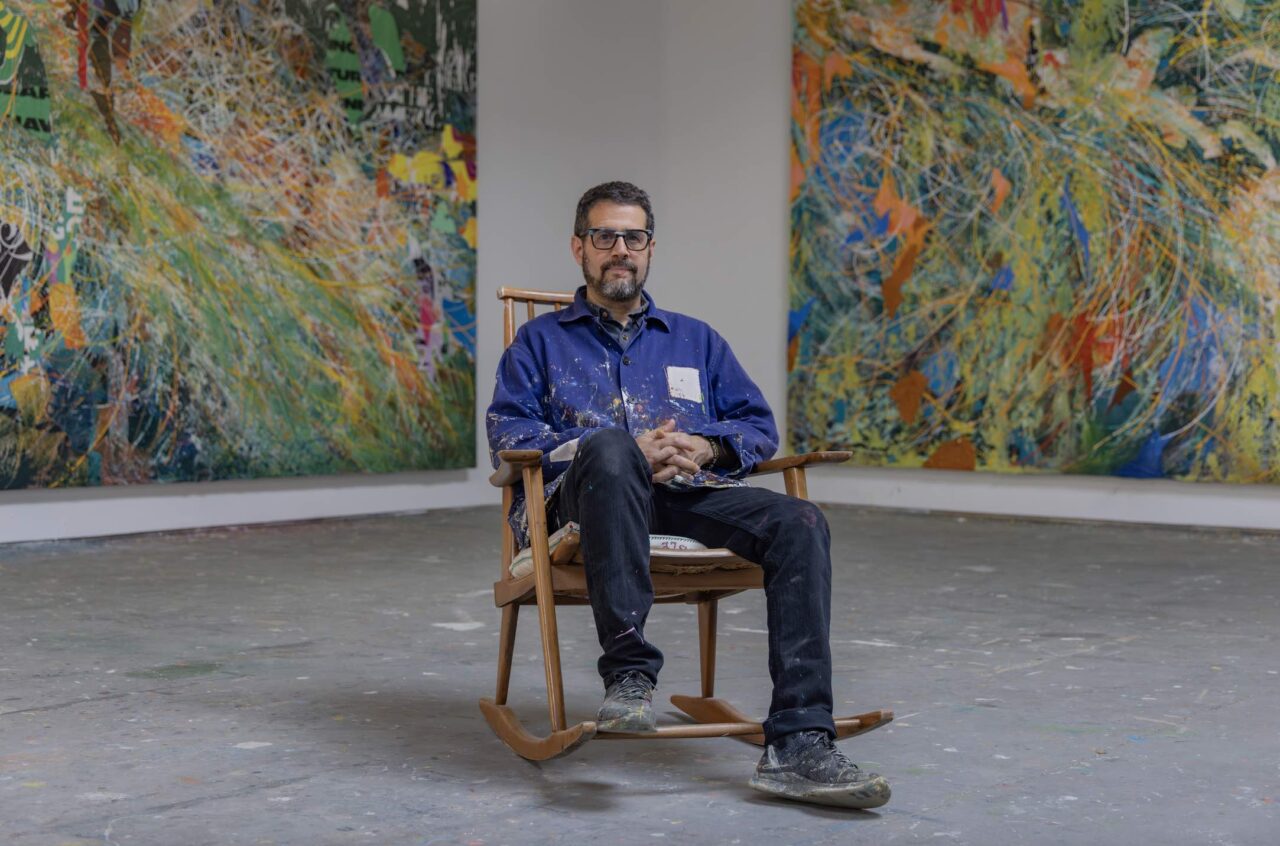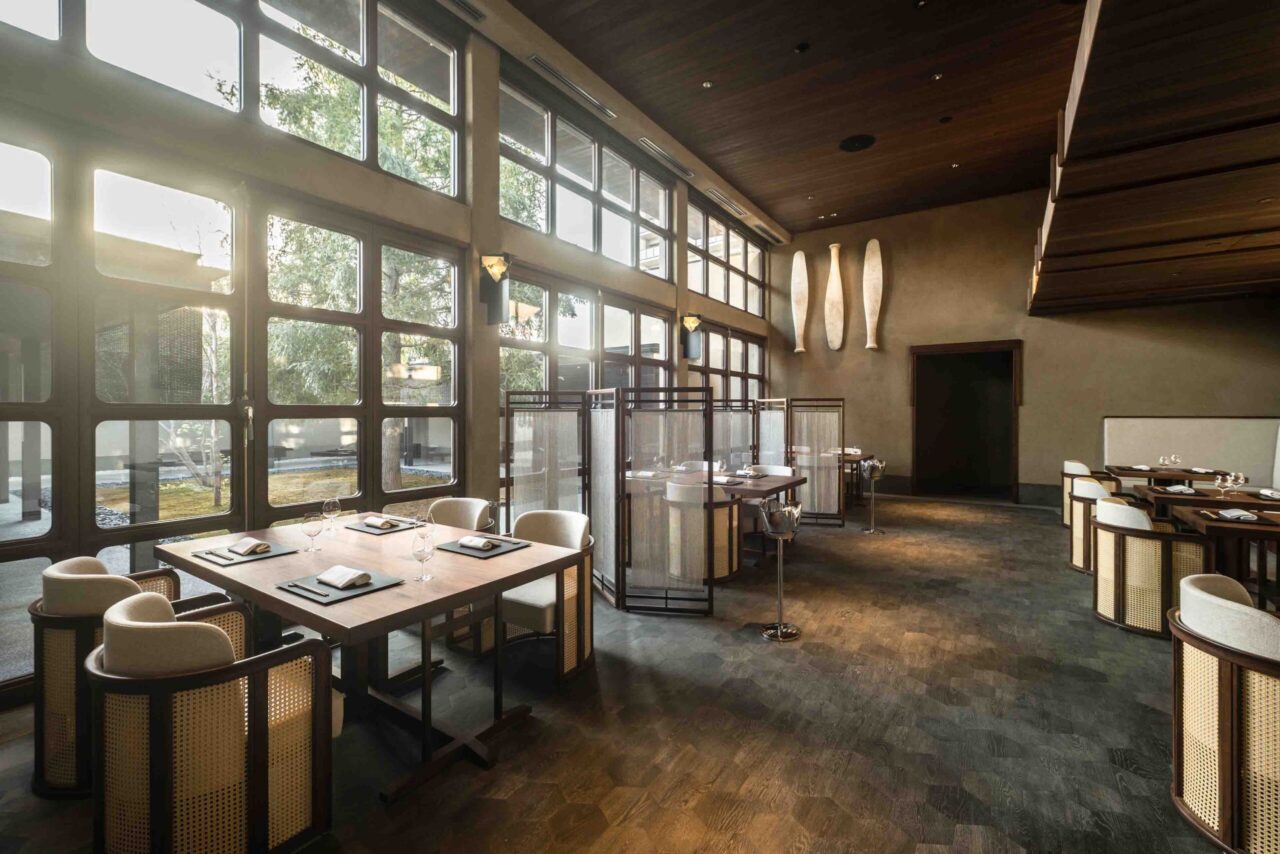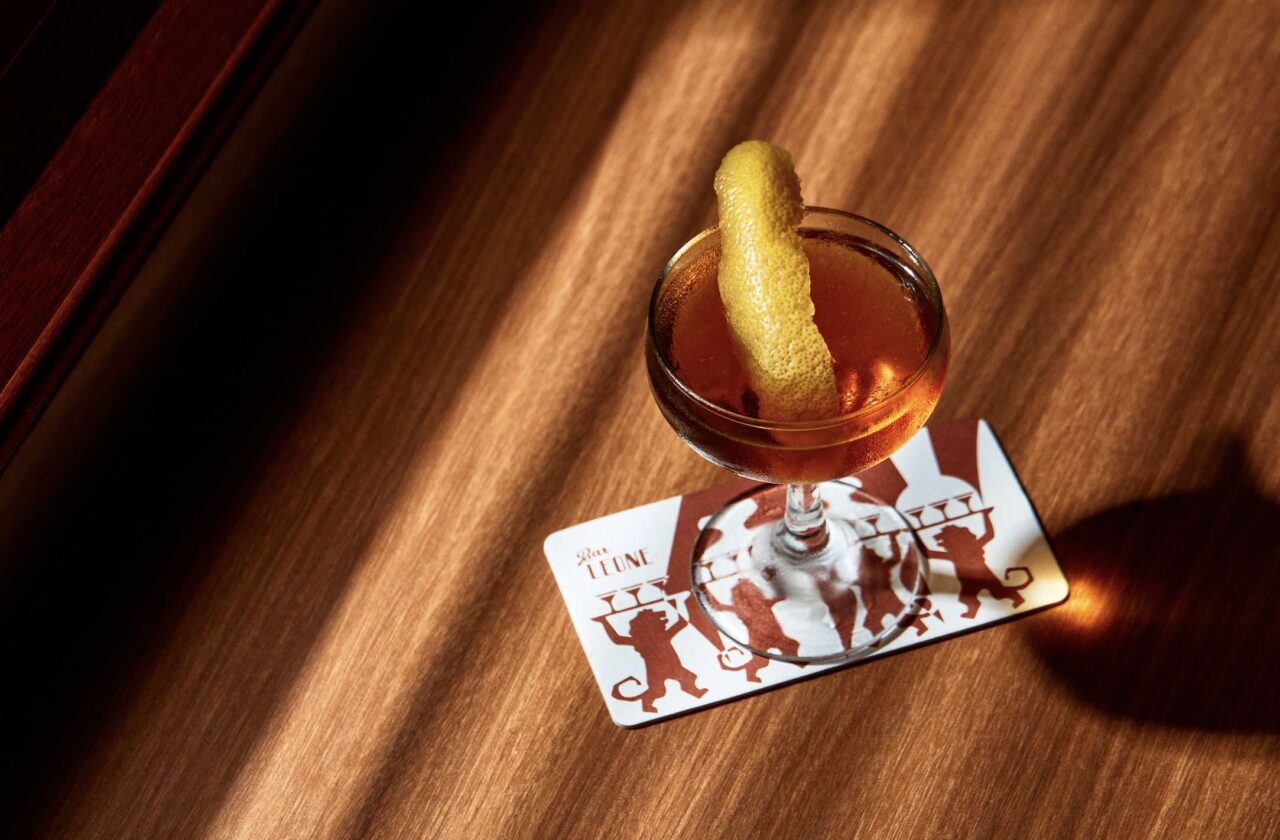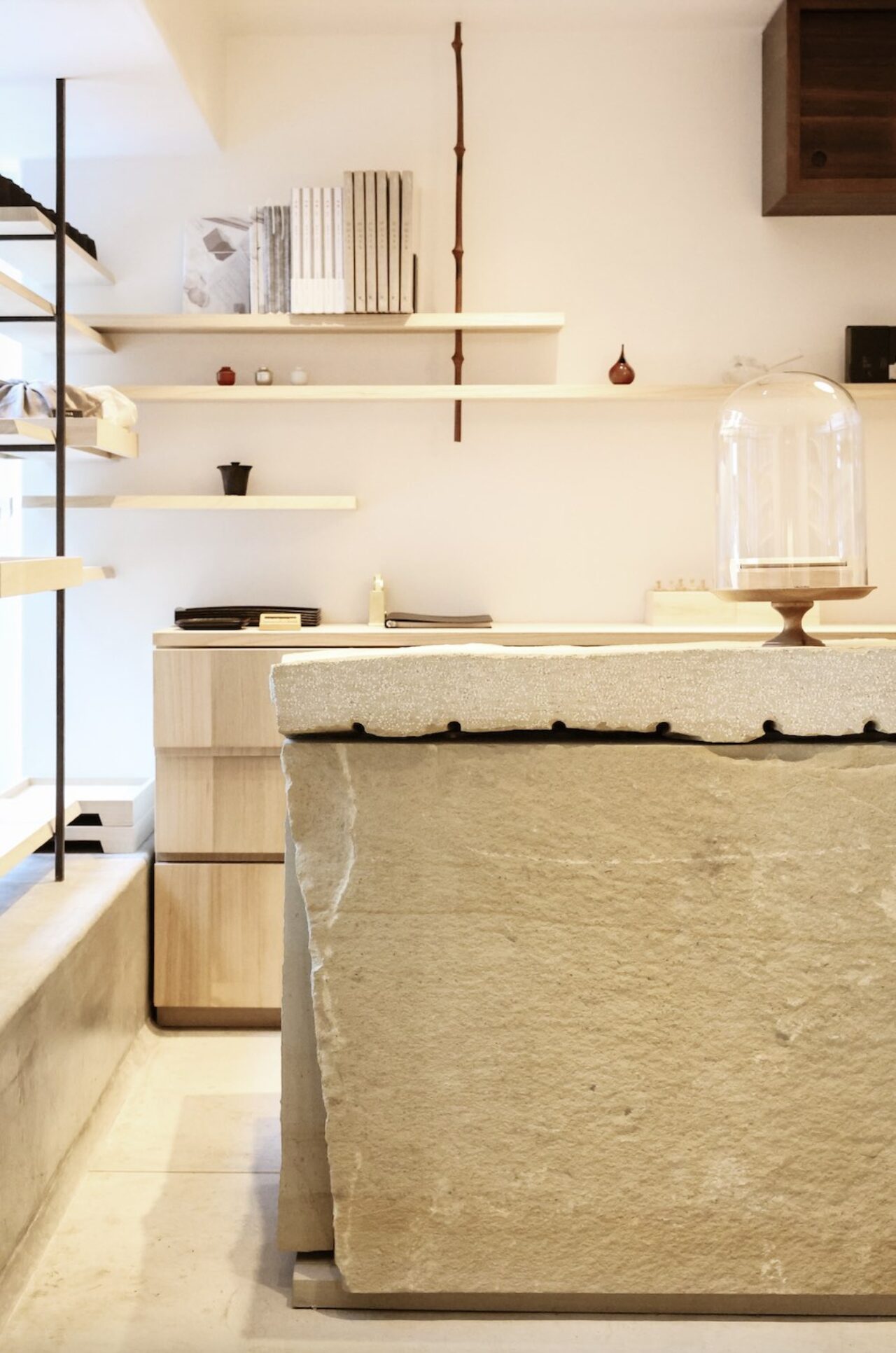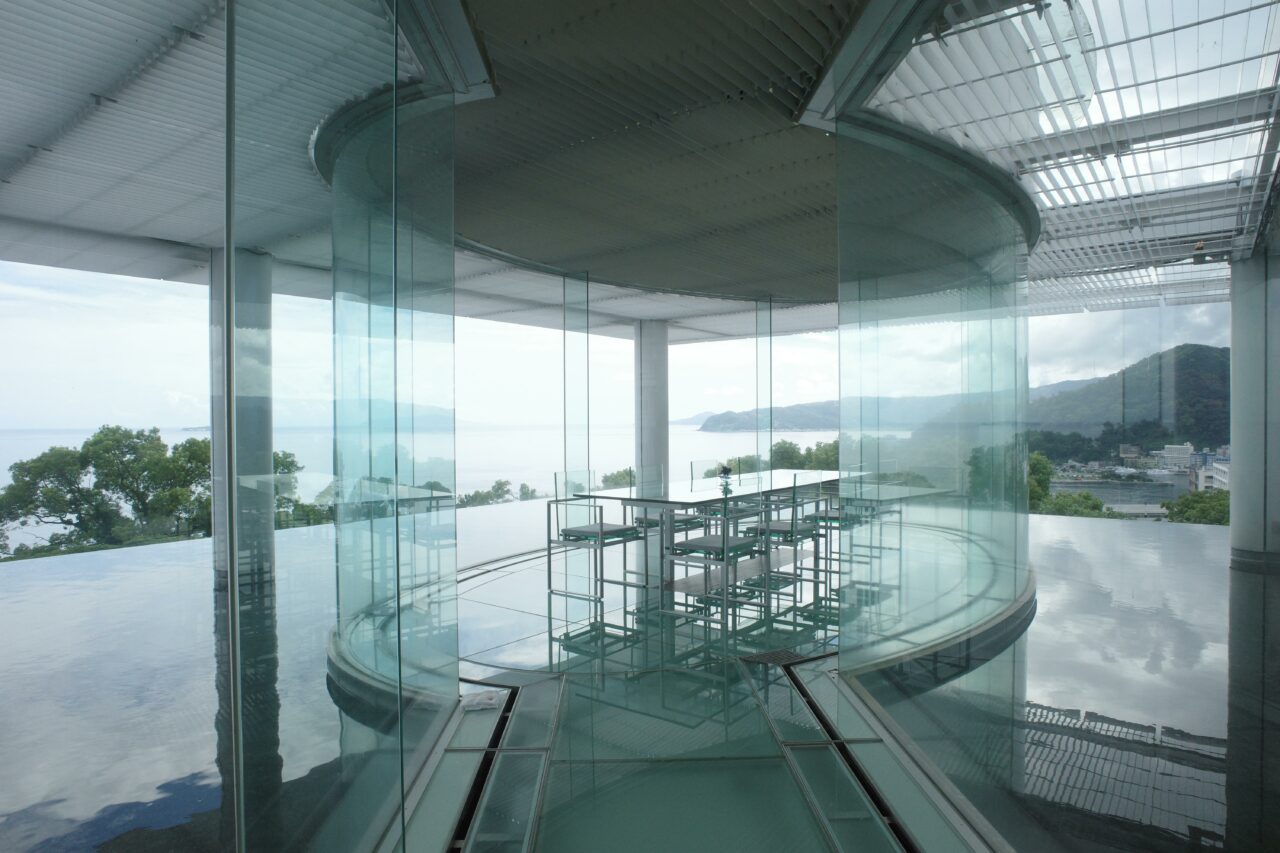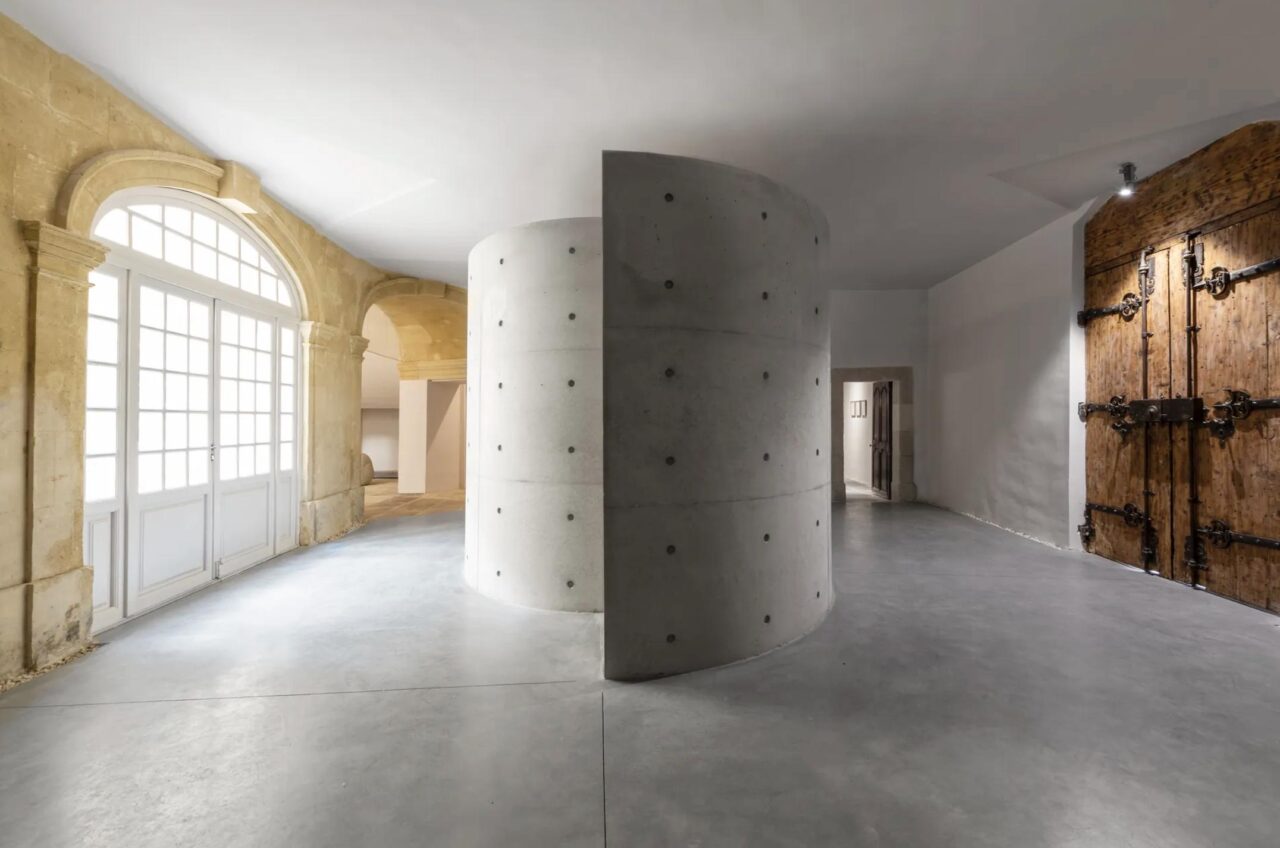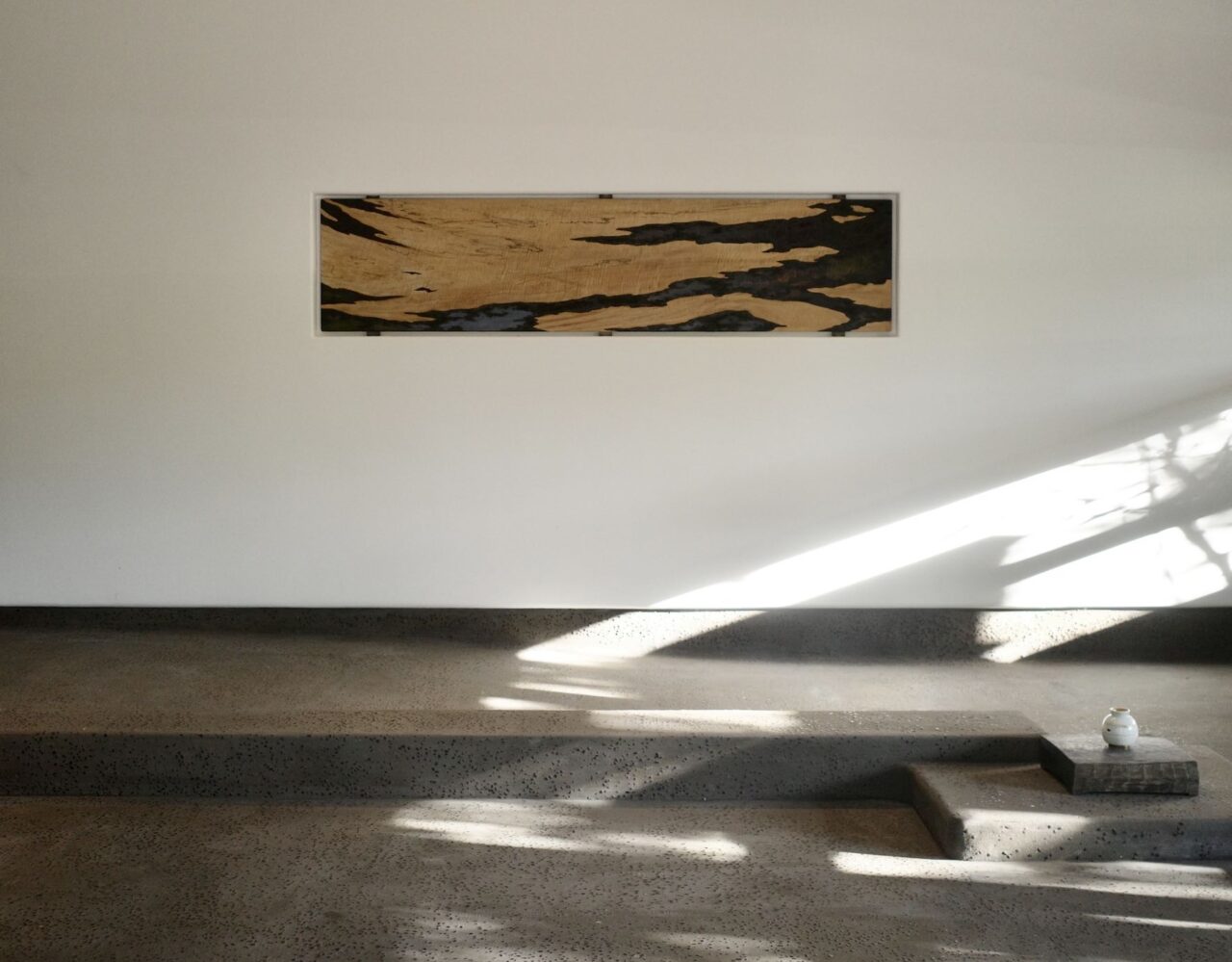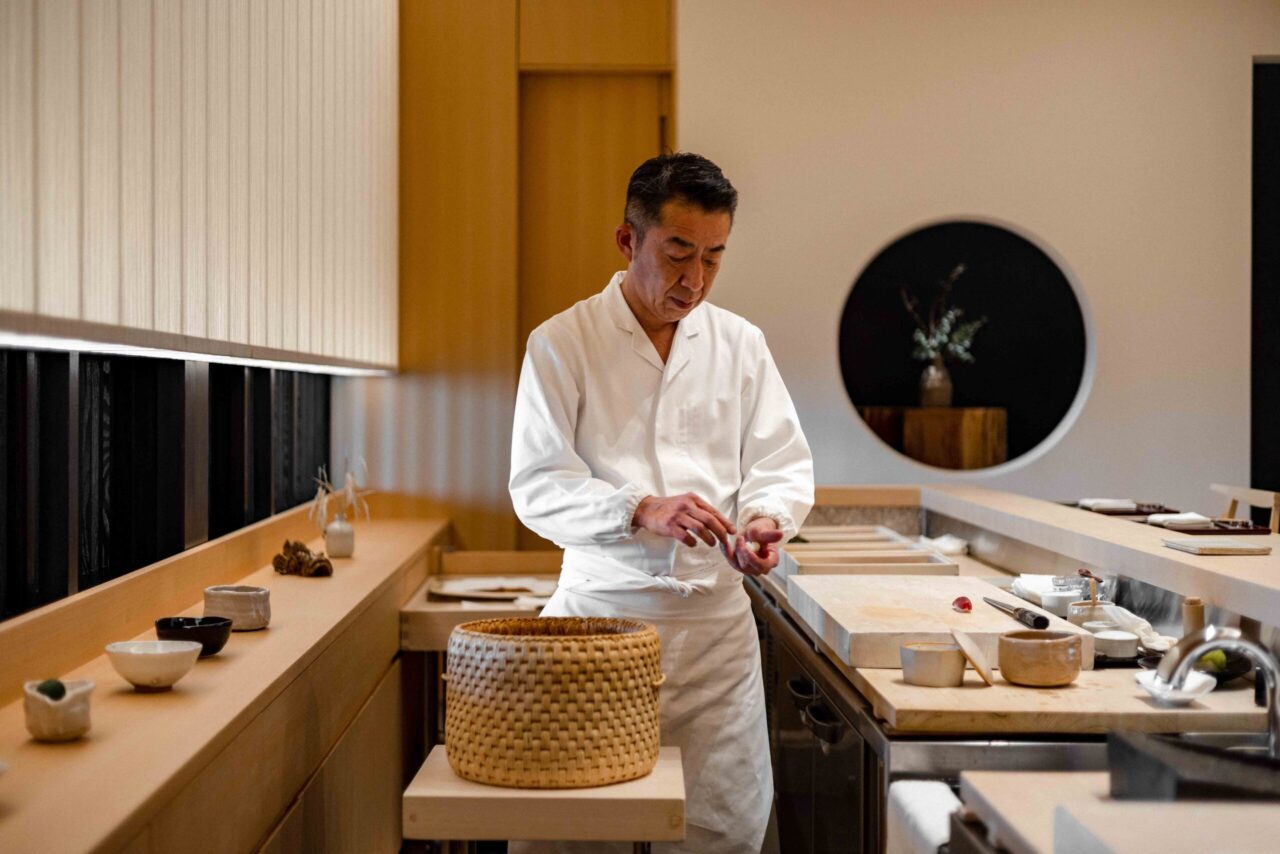Ensamble Studio
Architecture Of The Earth: Unconventional and Deeply Experimental Works
Architects Antón García-Abril and Débora Mesa have created their own vernacular in architecture, one that belies conformity and trends. Through Ensamble Studio, their architectural unit based in Spain and the US, they balance research and practice, explore typologies, technologies and methodologies to identify a diverse landscape of notions and issues within the built environment. They challenge the typified prefabrication of a house or the preemptive chronologies in construction.
Since starting their studio in 2000, their unrelenting exploration aims to advance architecture and the role of the architect in society. Unrestricted to simply design and engineering, they weave art, science, construction and development in the pursuit of translating all ideas into matter. They add, ‘[We] propose ways to build architecture and cities that respond to the needs of our times by integrating design and modern technology from global perspectives with the aim of improving the quality of human life.’
Here we take a look at a series of works such as Ca’n Terra (Menorca, Spain, 2018-), The Truffle (Spain, 2010) and the rendered masterplan of Vjosa Museum (Albania, 2024).
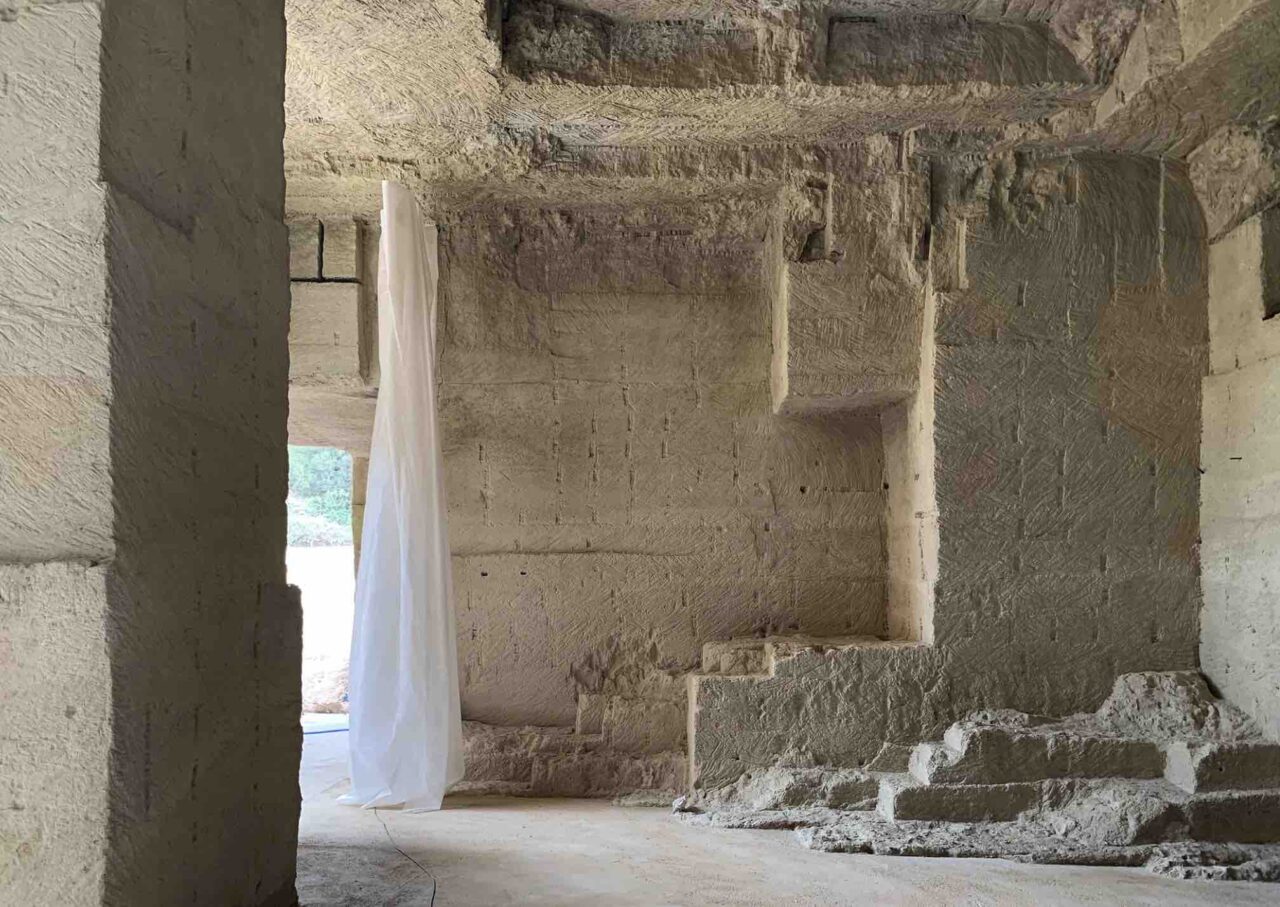
Ca’n Terra, a House in Menorca.
Spain, 2018
For Ca’n Terra, a House in Menorca, is a study of inversion and complimentary intervention. Geologically investigated, carved by hand, and proposing new ideas of inhabitants through ancient and modern philosophy. The architects allowed the site to breathe without interruption, gently interpreting the space without interjection. Ensemble Studios noted on the project, ‘In lieu of an imposing action that many times architecture exerts on the environment, we propose a trip to the interior being of matter, and recognize the freedom with which it gives us spaces to live.’ The space itself functions as ‘a room to contemplate nature.’ Raw and organic is form and function, the site is akin to a geological discovery. The architects add, ‘The discovered space has industrial logic as former Mares stone quarry, artistic potential as sublime cavern carved by hand, and mineral nature as extract of the stony landscape on the island of Menorca. Finding this excavated space in the guts of the earth and reinventing its use implies writing a new story that can rescue it from its abandonment.’
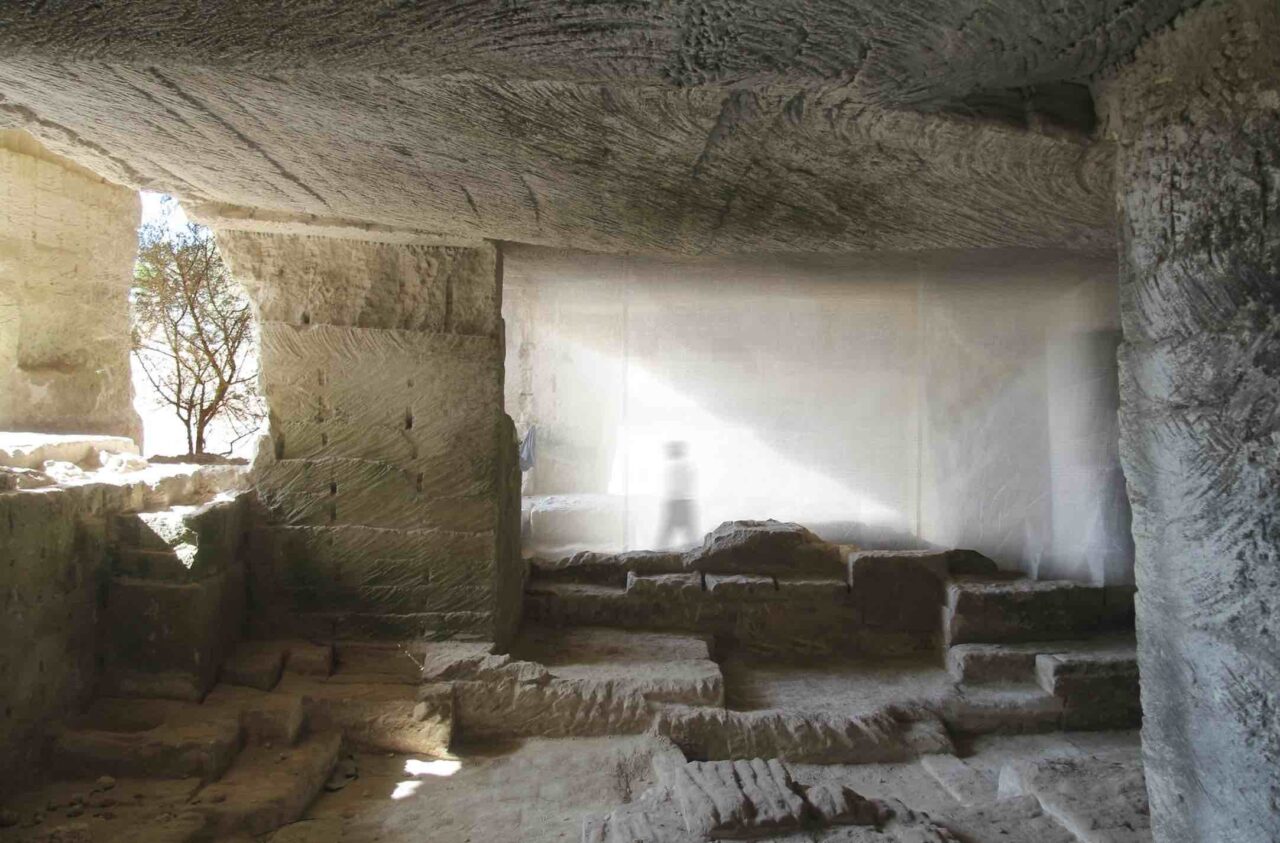
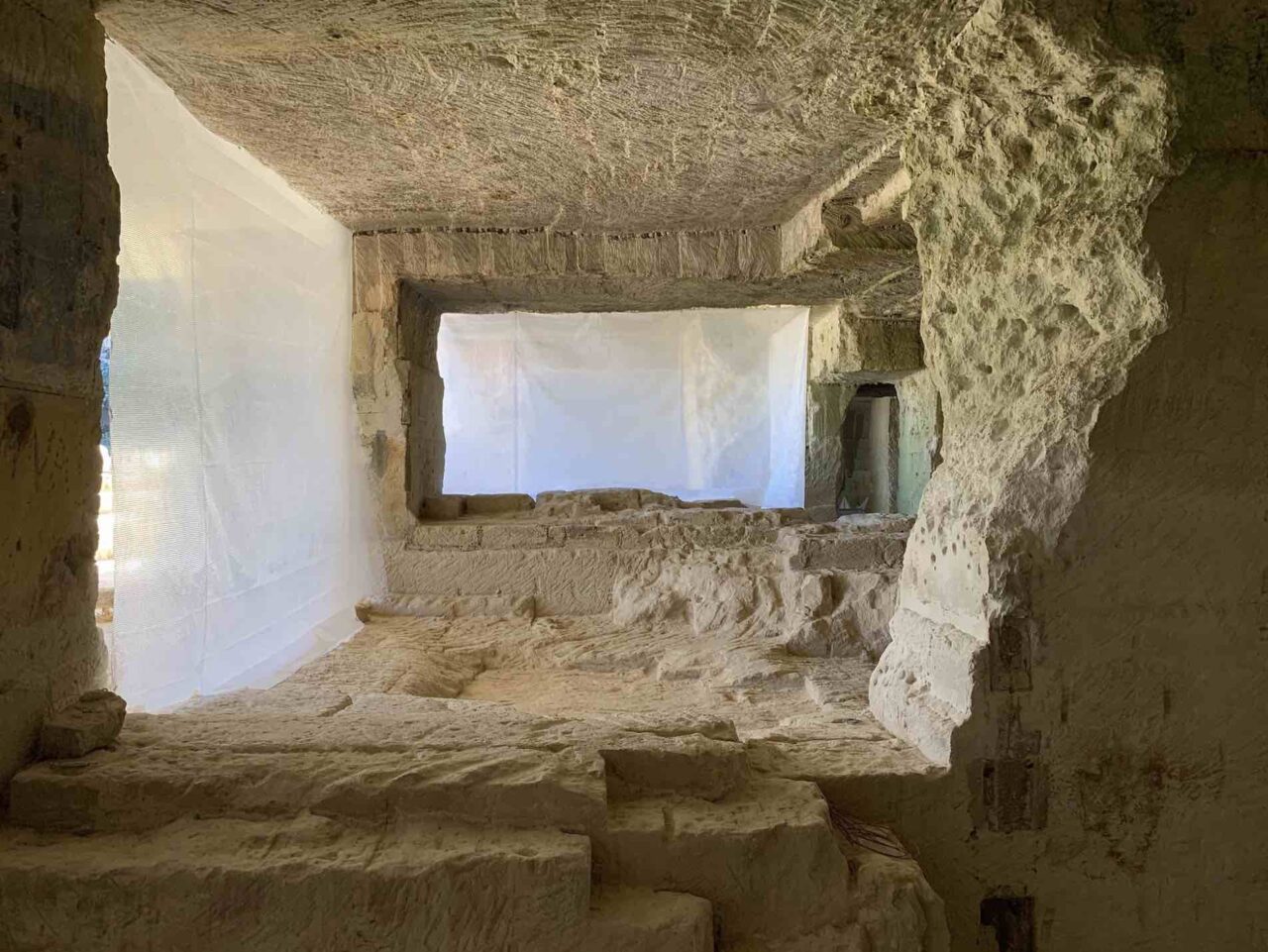
The Truffle.
Costa da Morte, 2010
In a rugged 25m 2 living room by the sea, the architects approached the project withunorthhodox design & construction methods. ‘The Truffle is a piece of nature built with earth, full of air. A space within a stone that sits on the ground and blends with the territory. It camouflages, by emulating the processes of mineral formation in its structure, and integrates with the natural environment, complying with its laws. To build it, we made a hole in the ground, piling up on its perimeter the topsoil removed, and we obtained a retaining dike without mechanical consistency. Then, we materialized the air building a volume with hay bales and flooded the space between the earth and the built air to solidify it. The poured mass concrete wrapped the air and protected itself with the ground. Time passed and we removed the earth discovering an amorphous mass. The earth and the concrete exchanged their properties. The land provided the concrete with its texture and color, its form and its essence, and concrete gave the earth its strength and internal structure. But what we had created was not yet architecture, we had fabricated a stone. We made a few cuts using quarry machinery to explore its core and discovered its mass inside built with hay, now compressed by the hydrostatic pressure exerted by concrete on the flimsy vegetable structure. To empty the interior, the calf Paulina arrived, and enjoyed the 50 m3 of the nicest food, from which she nourished for a year until she left her habitat, already as an adult and weighing 300 kilograms. She had eaten the interior volume, and space appeared for the first time, restoring the architectural condition of the truffle after having been a shelter for the animal and the vegetable mass for a long time.’
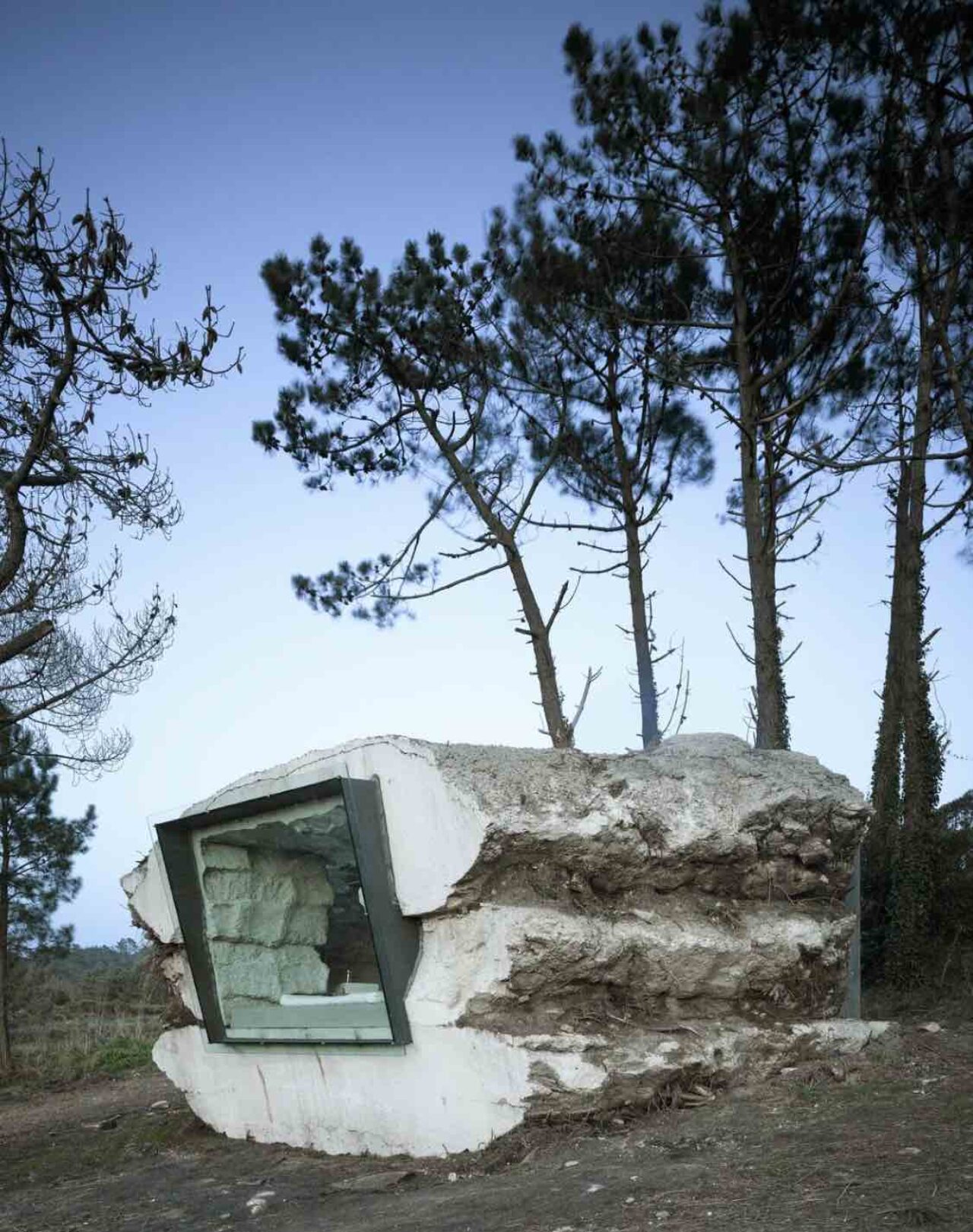
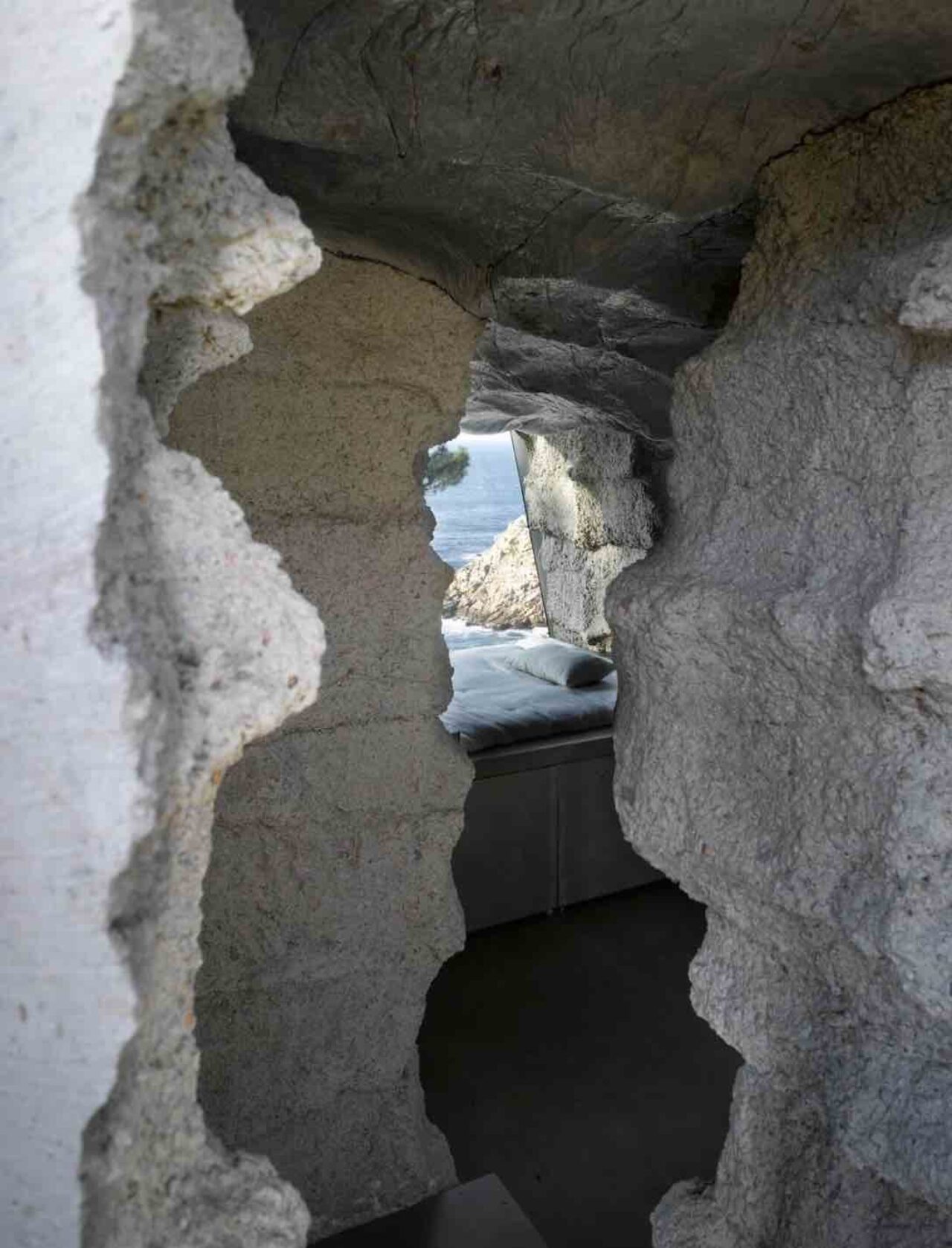
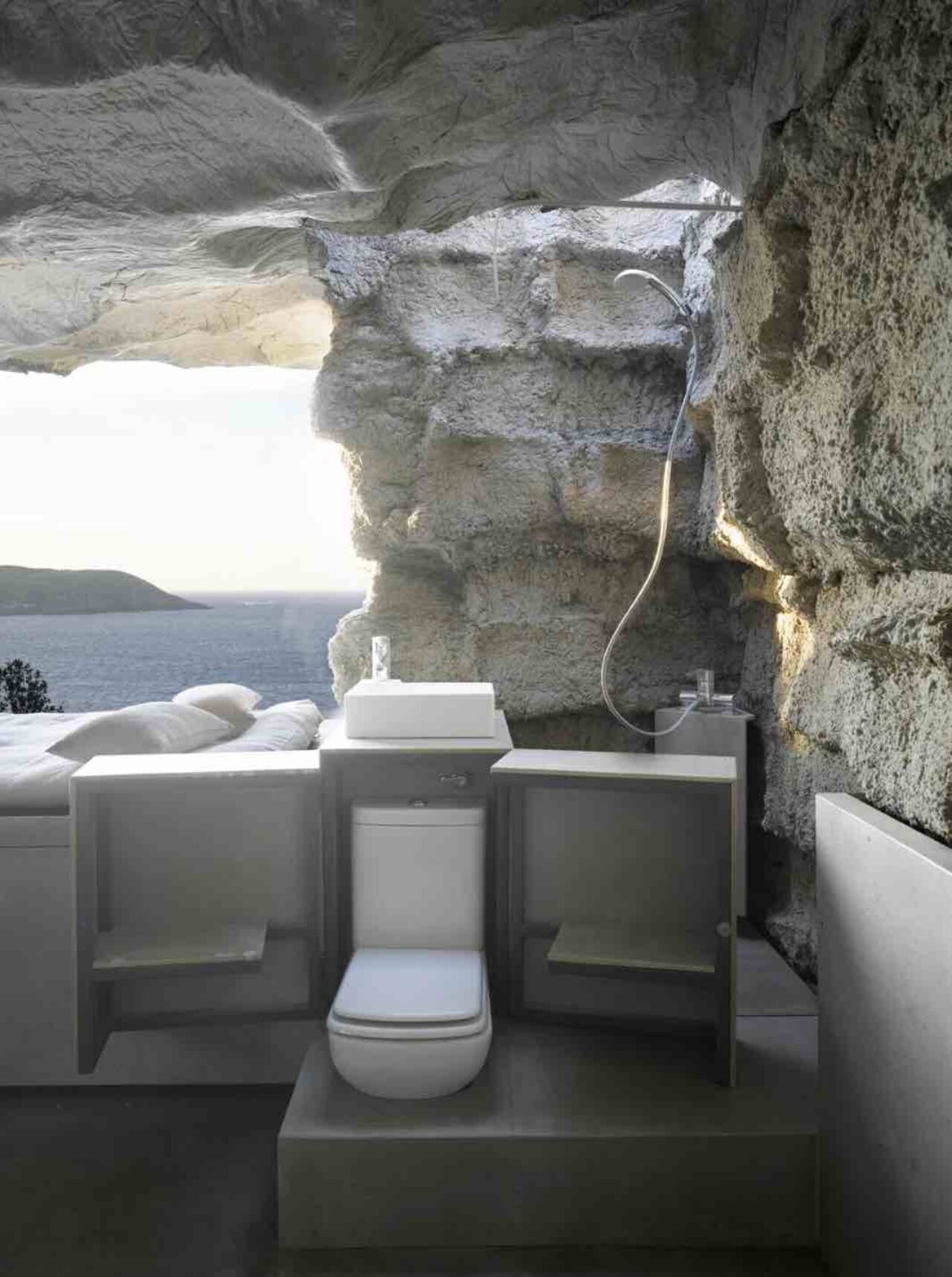
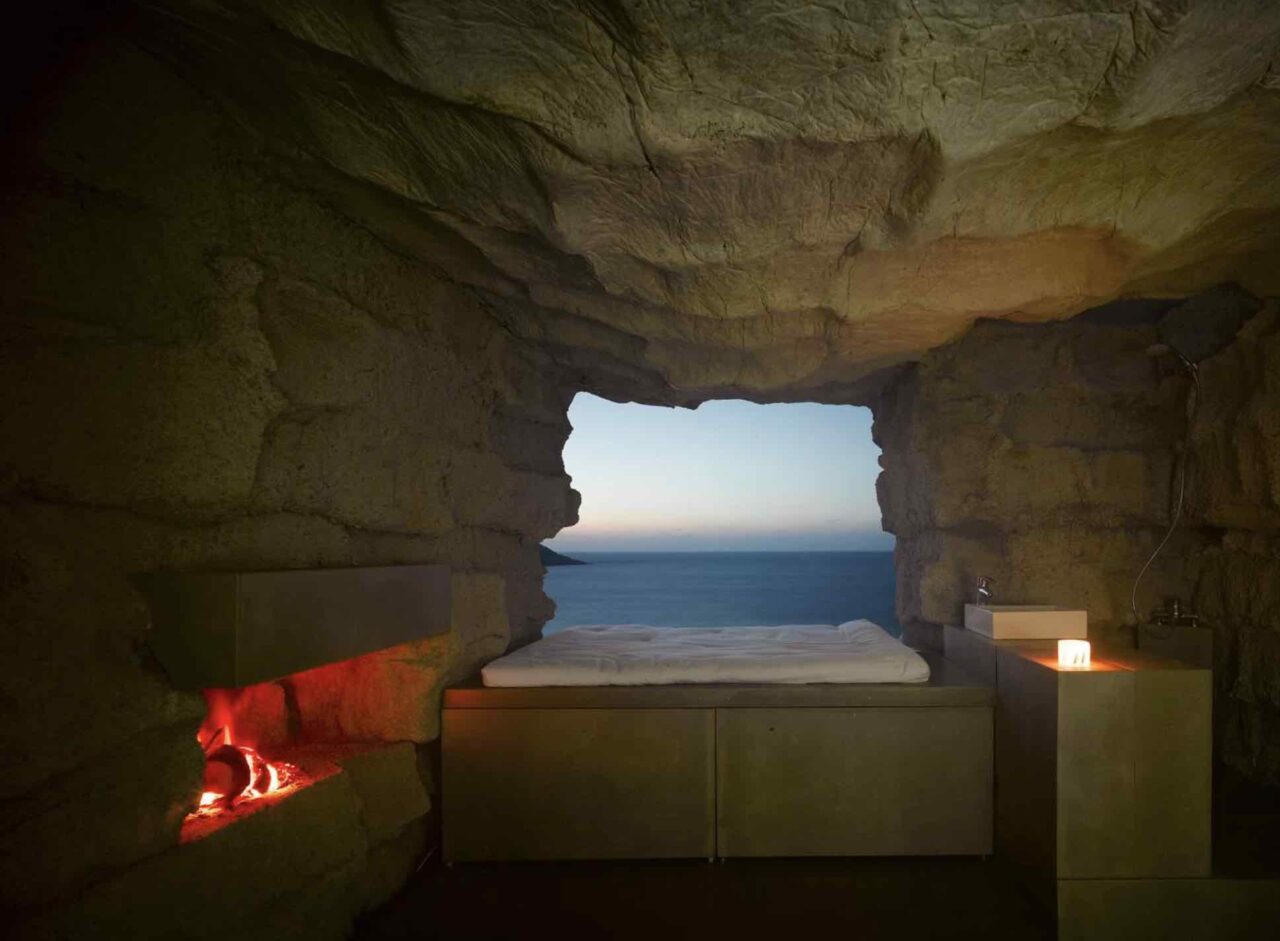
Vjosa Museum
Albania, 2024
‘The territory of Vjosa River in Albania gathers a unique collection of landscapes. The inland river beds, the mountain ranges, and the valleys, offer extreme geological conditions and diverse habitats that closely coexist. The architecture of the place here is defined by the environmental actions of wind, water, sand, land shifts, etc. which have sculpted the landscape through centuries.
On this semi-urbanized land, inhabiting its basin and hills, we develop the “Vjosa Museum”. These artistic and landscape interventions take you on a journey along the valleys and the banks of the Vjosa River. Our project begins in Kaninë near Vlorë, at “Qyteza e Kulturës” (The Cultural Citadel), up in the castle nestled within hilltops. With a series of cultural programs distributed throughout the castle premises, we expect high footfall for the area and commence the narrative of the landscape. We then get closer to the river at Tepelenë, where we seek to develop an “Immersive Museum” that would serve as a sculptural landmark and an art infrastructure along the valley of the national park. We then proceed to Përmet, closer to the river edge developing the “Floating Museum” – a landscape bridge that also serves as a sculptural intervention. Together they create a narrative museum that travels along the river. Our goal is to enhance the historical and cultural significance of the different regions that are closely interconnected to the river and the national park. The project becomes a gateway of the Mediterranean in Southern Albania that shares art and architecture with the rest of the world to create a contemporary tourist destination.
These interventions blend with the ground and express the materiality of the site to enhance their integration. The masterplan seeks to create strong attraction forces for both visitors and locals alike. In dance with these existing landscapes, our vision introduces new destinations and energies in consonance with the ongoing efforts to develop the area.’
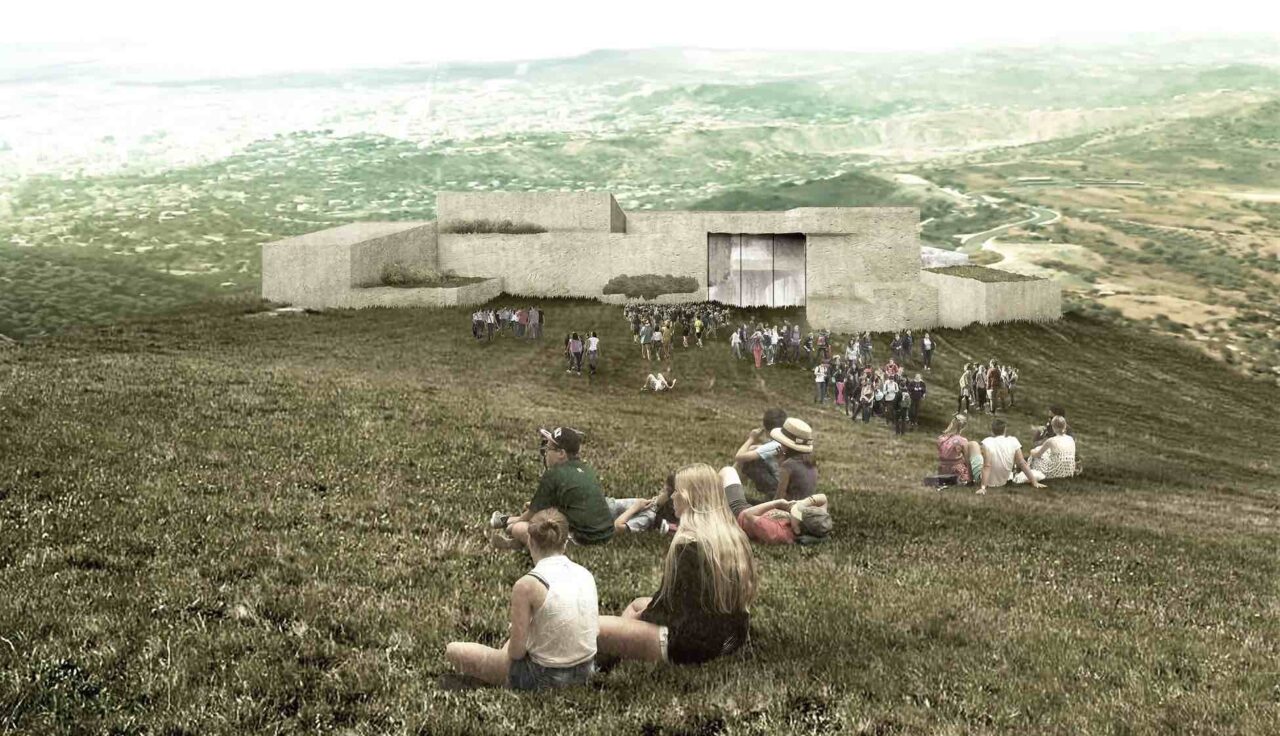
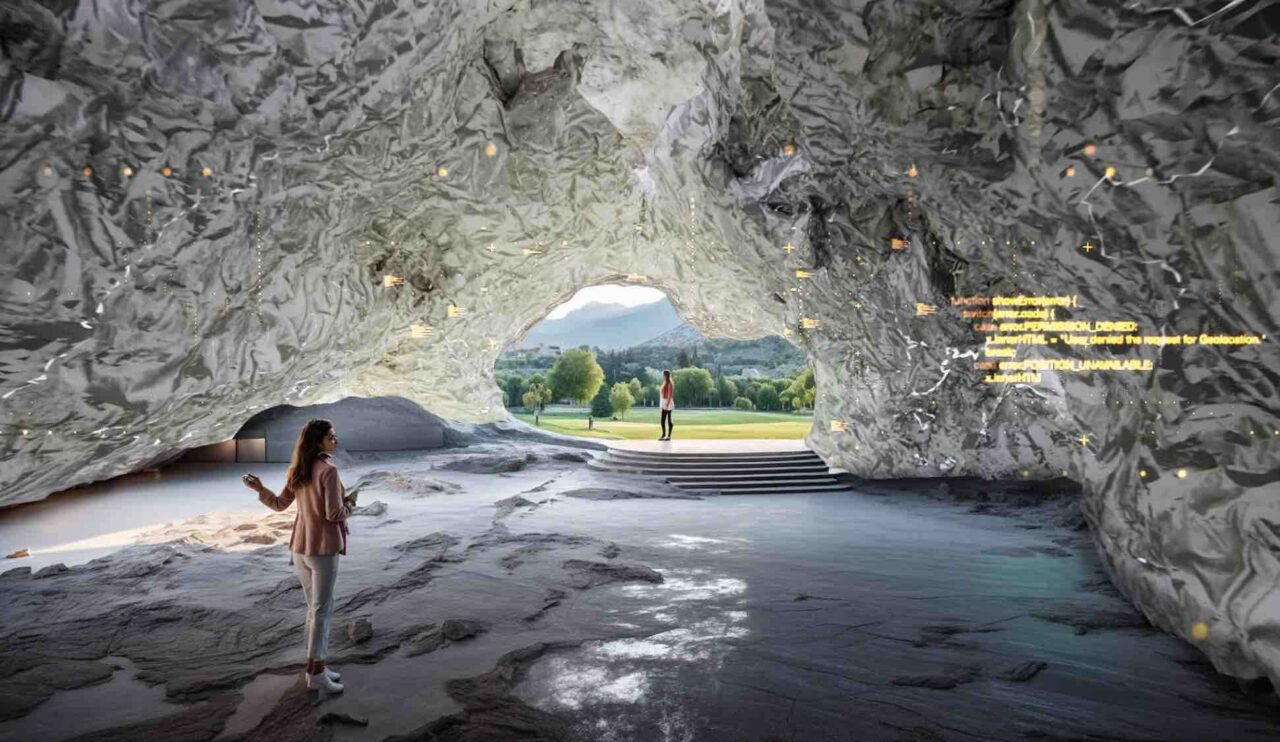
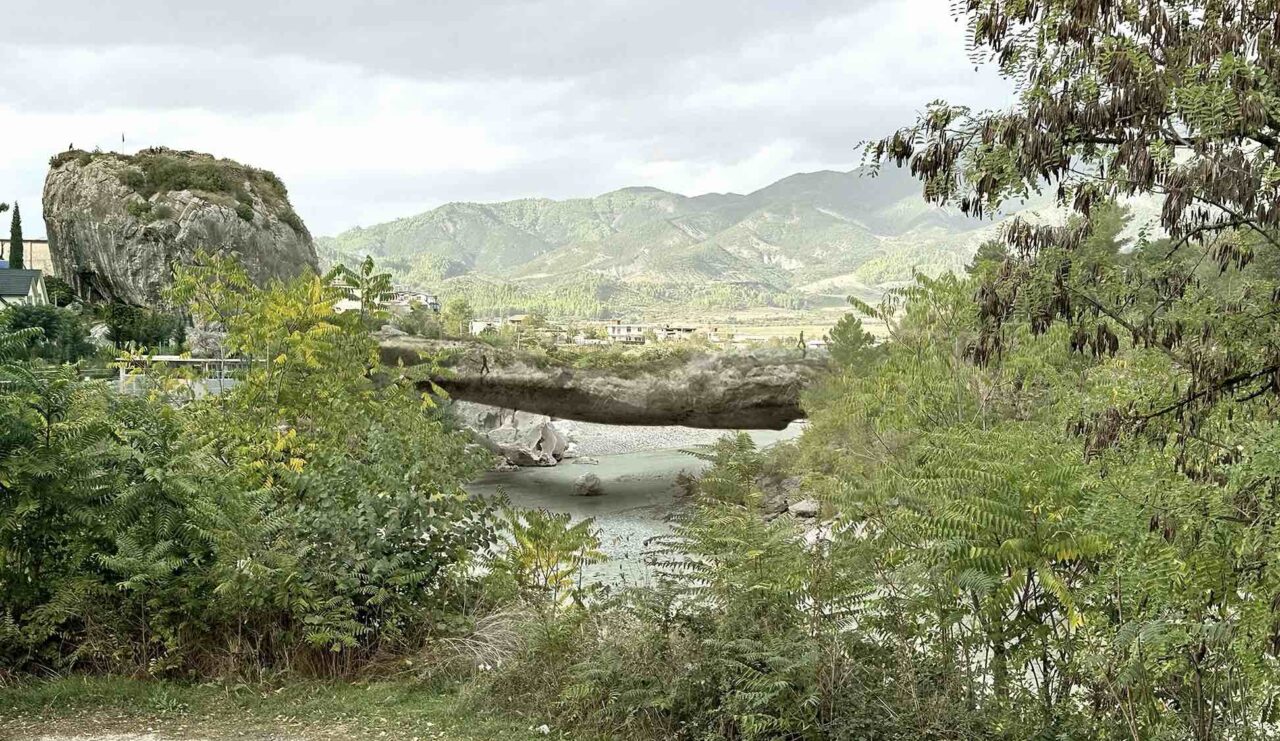
For more architecture destinations, click here



